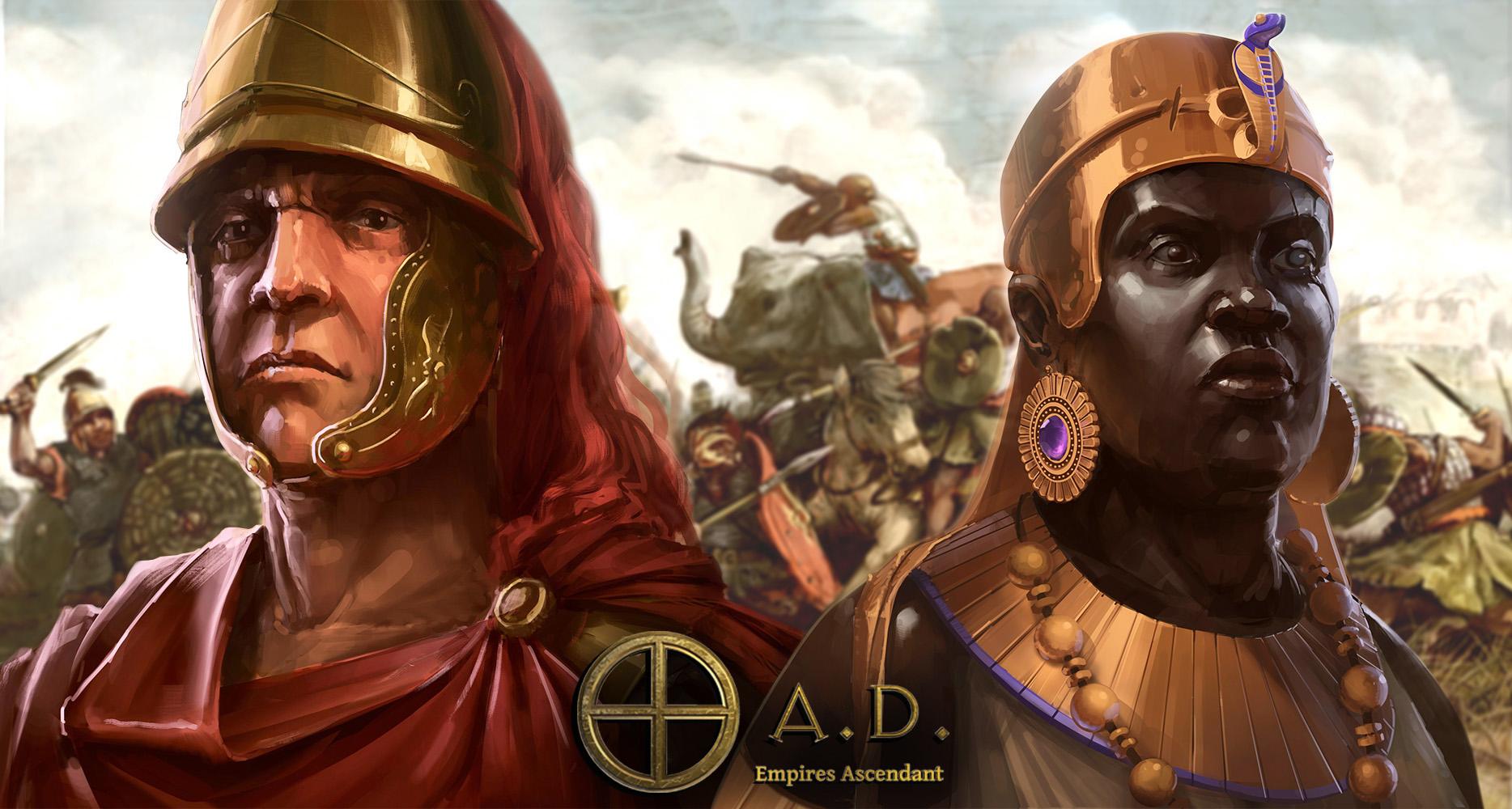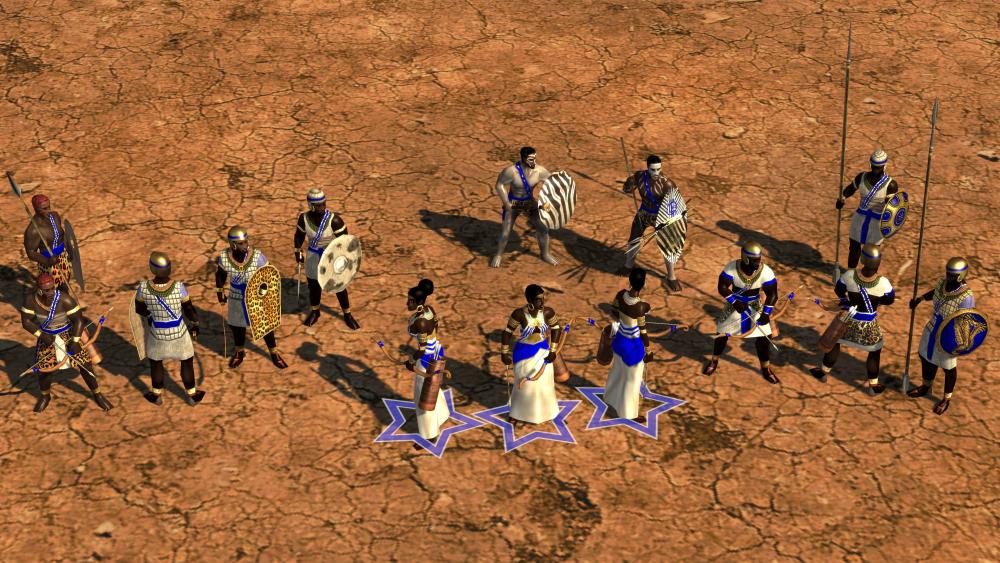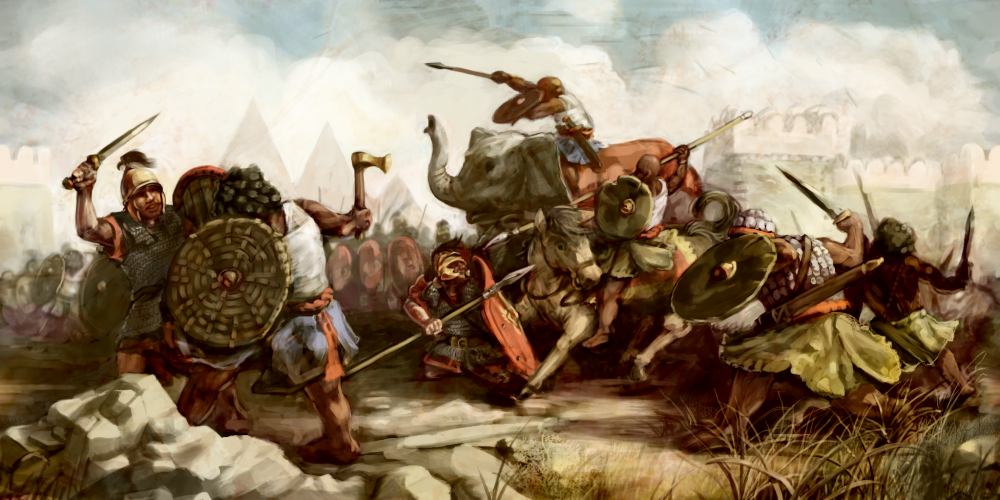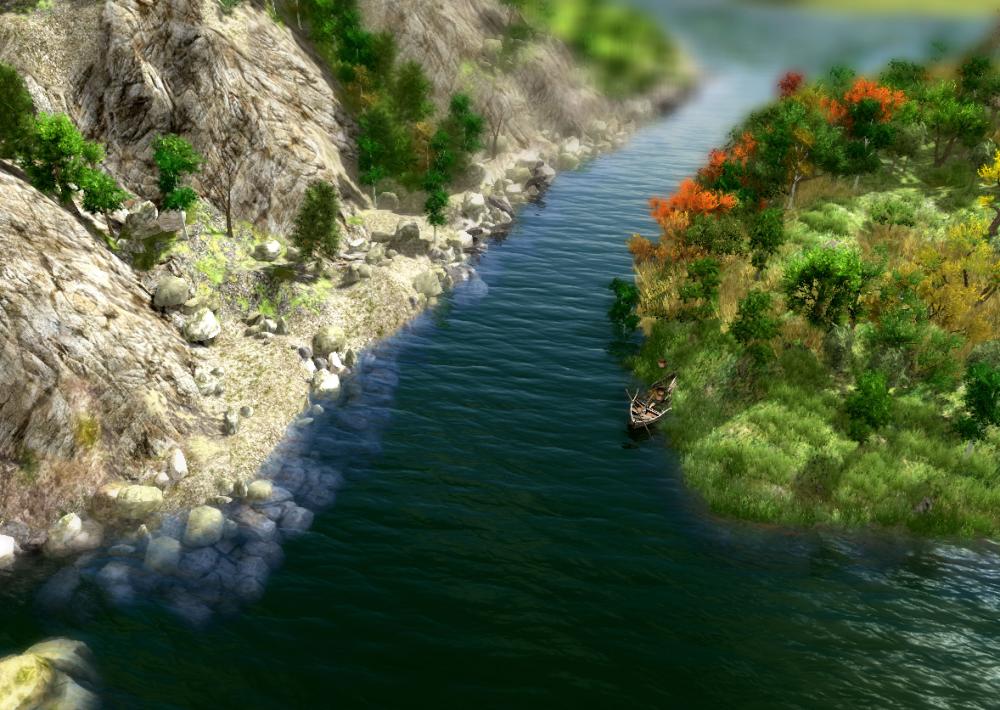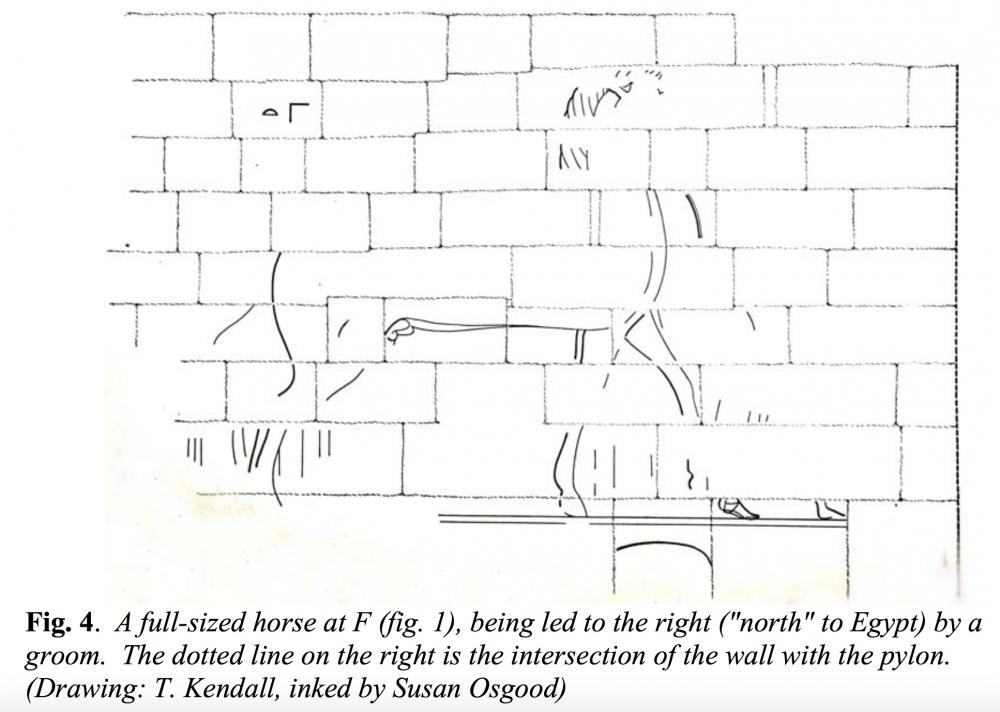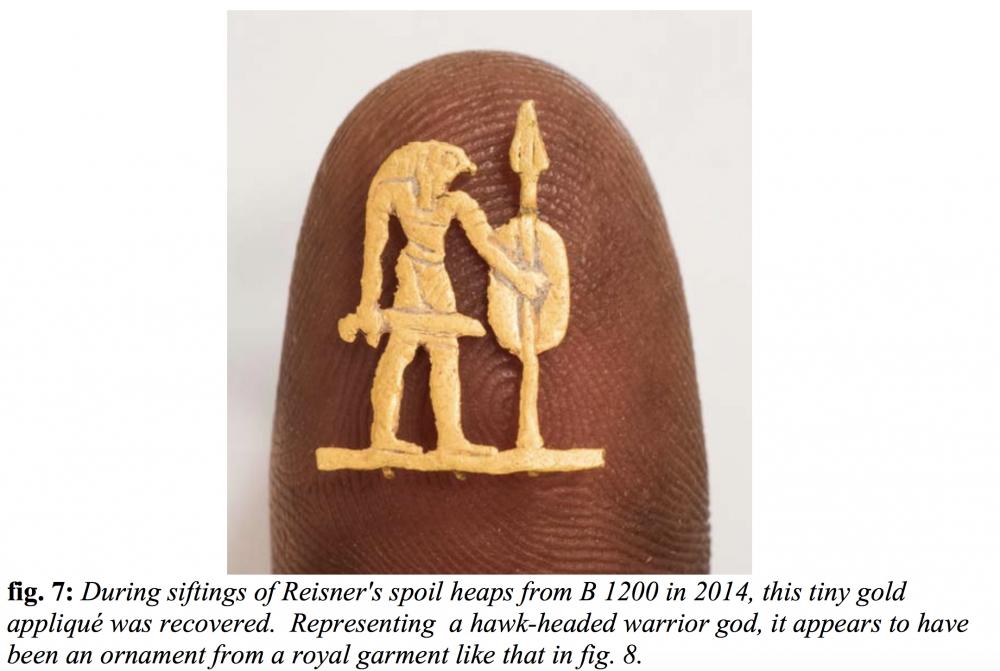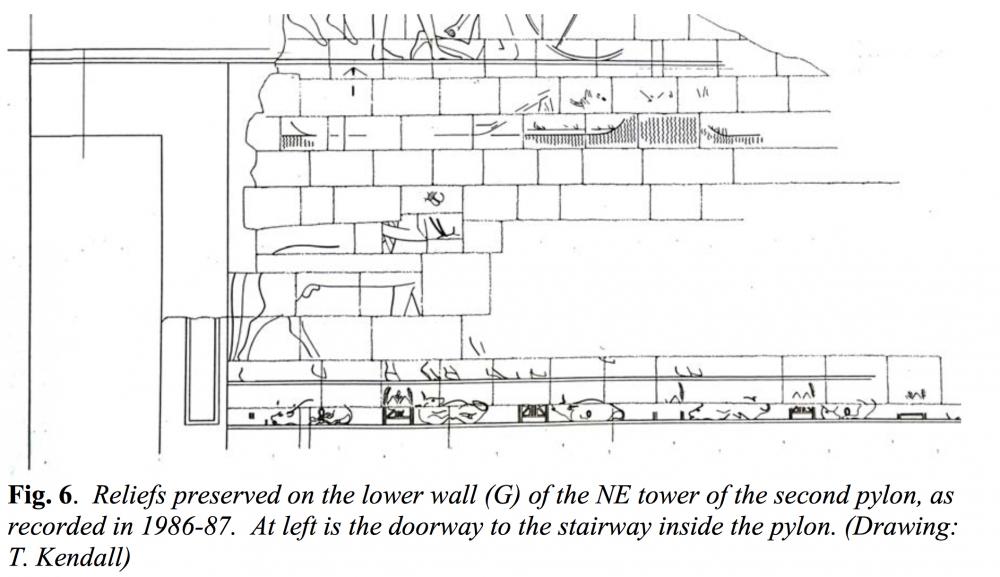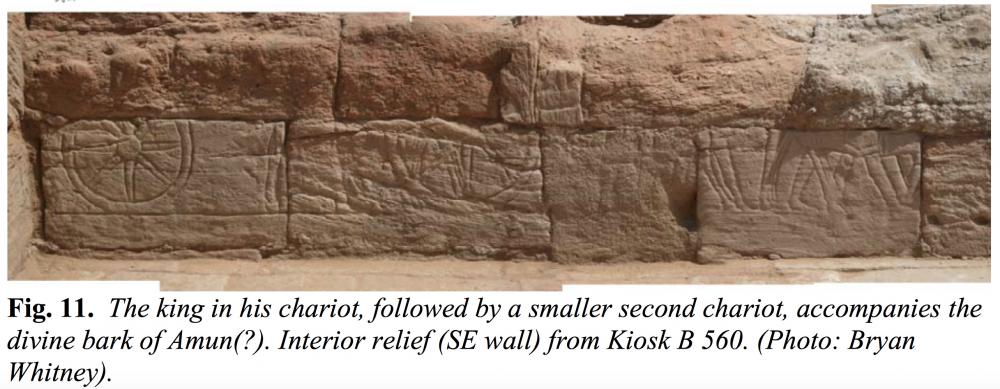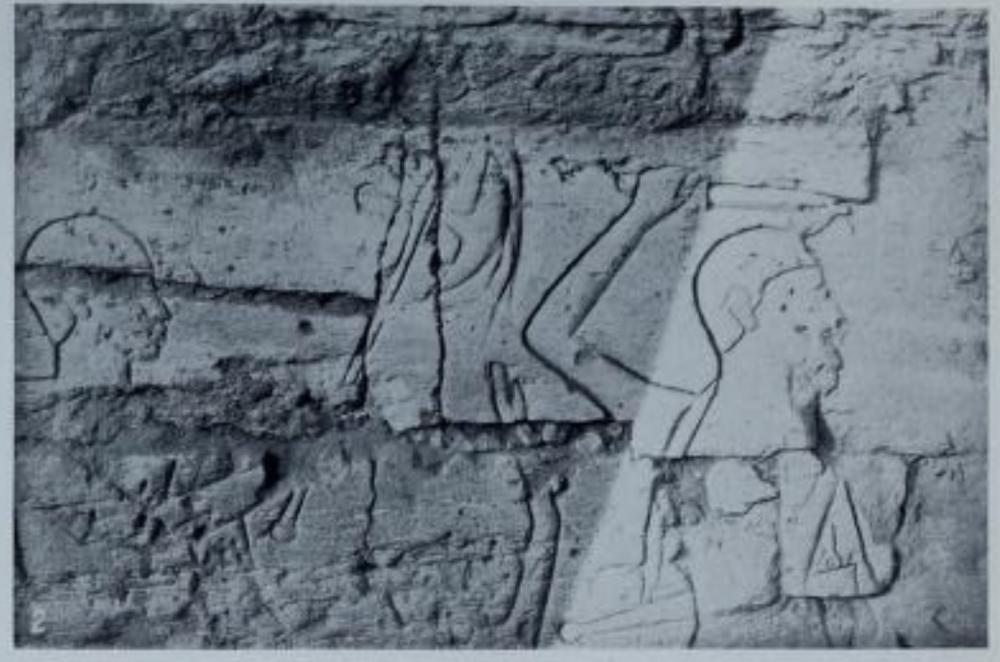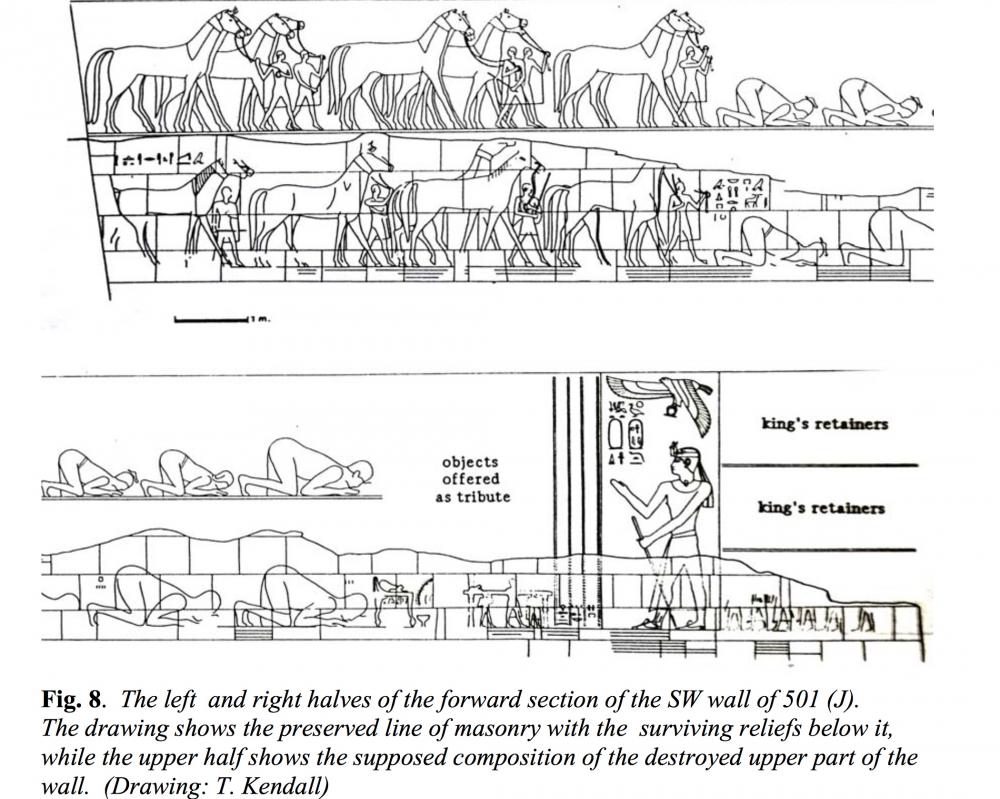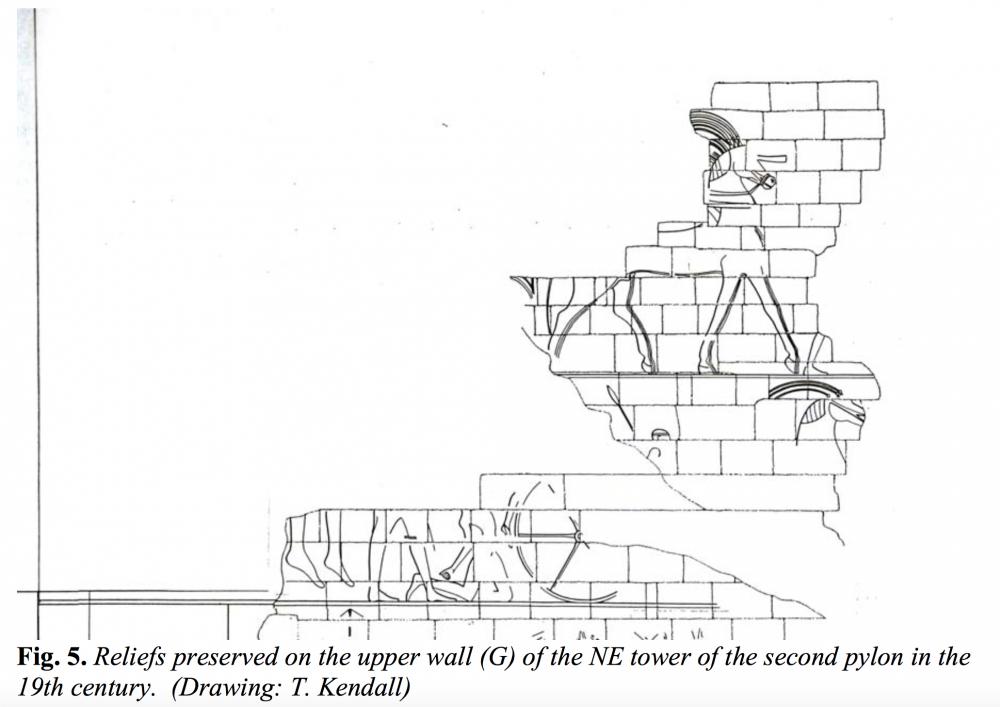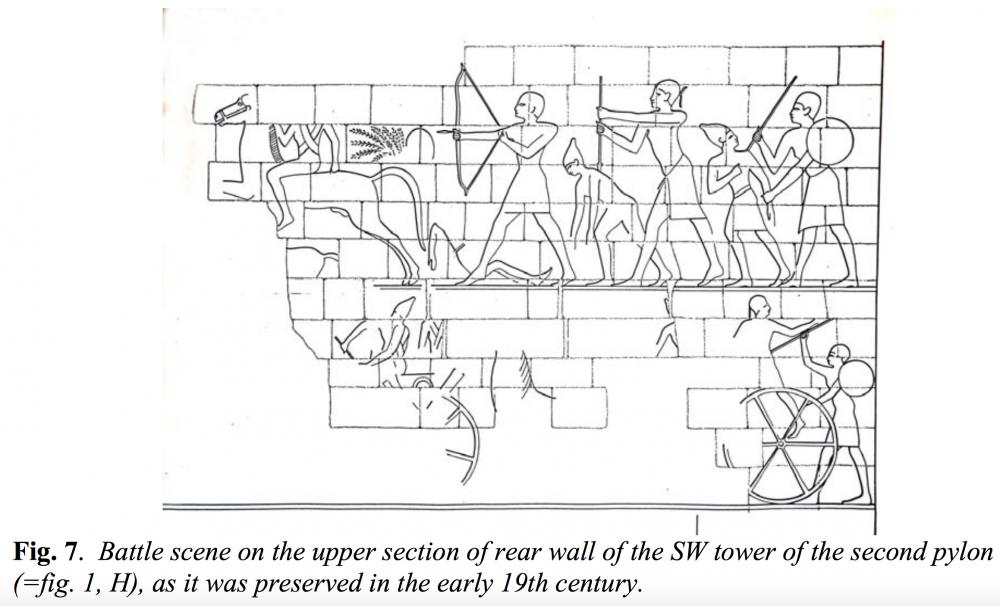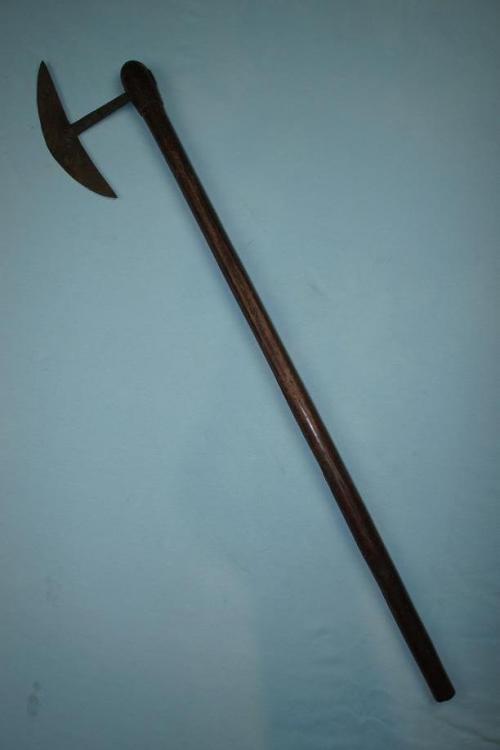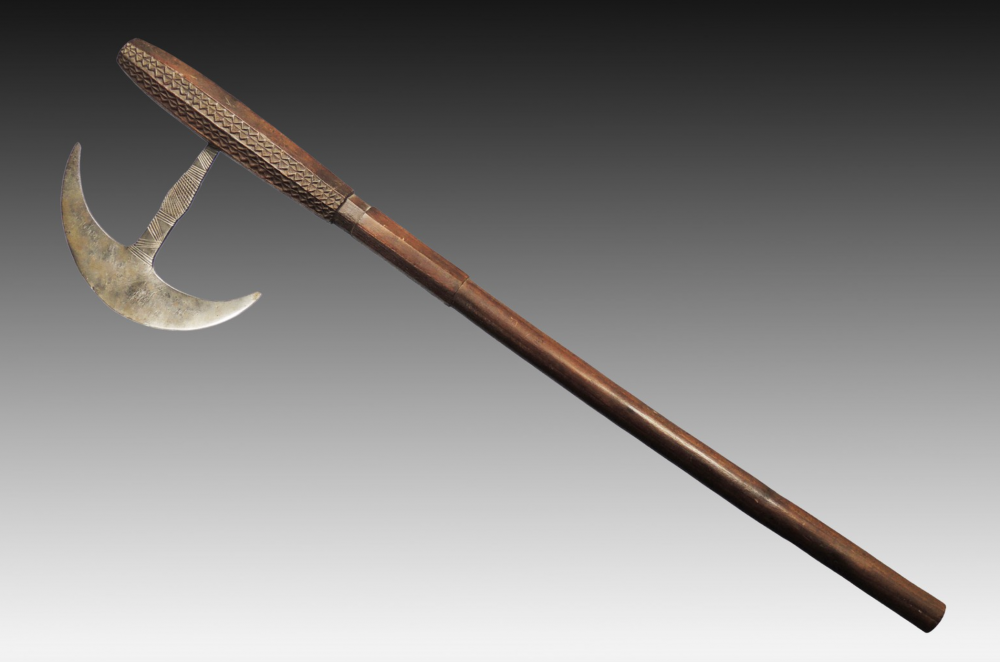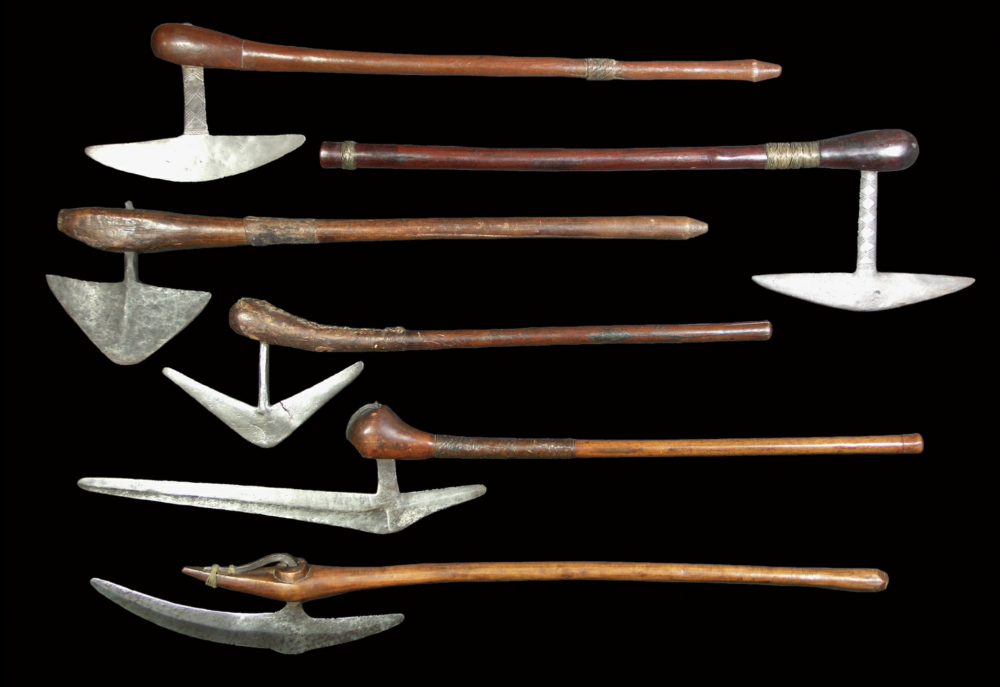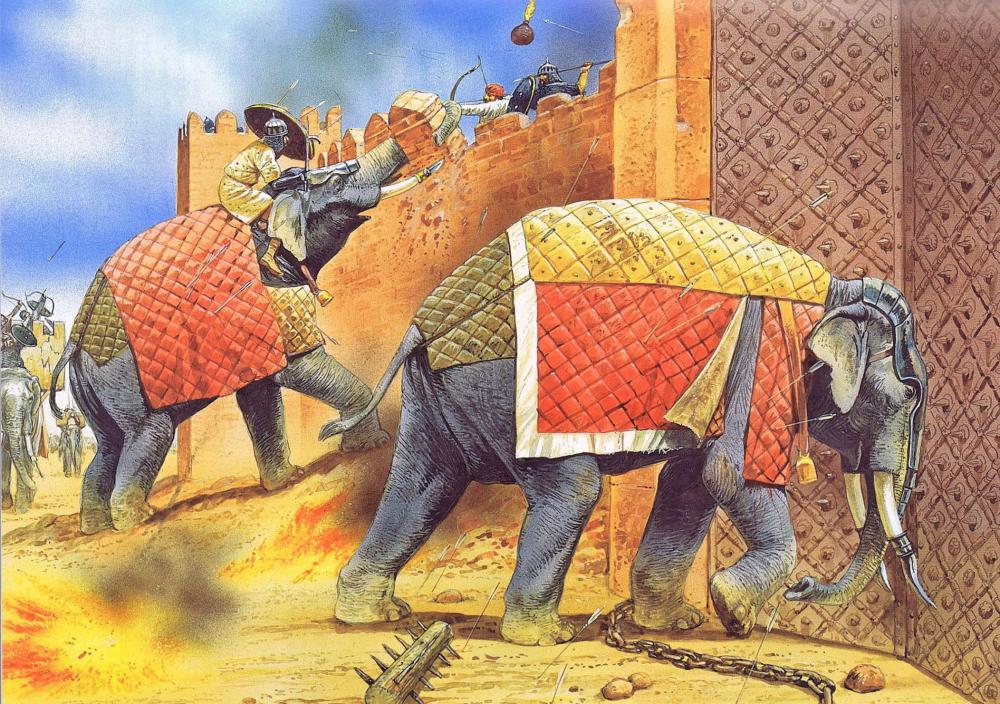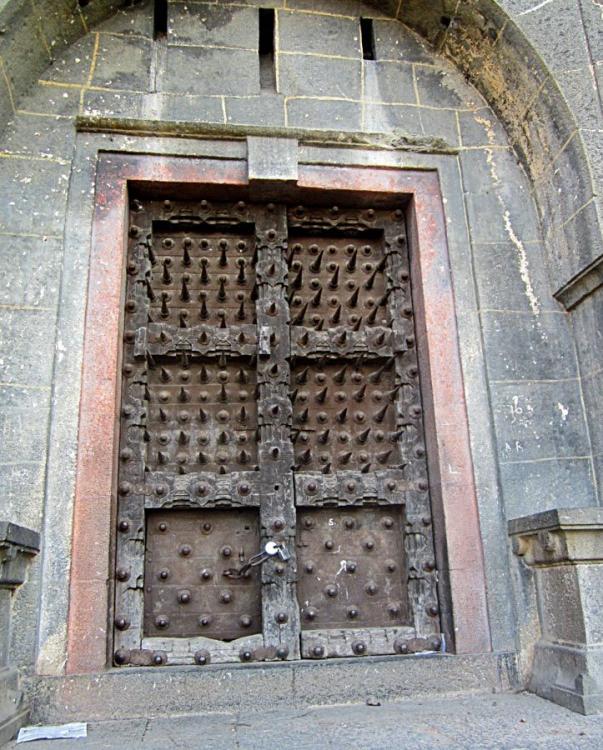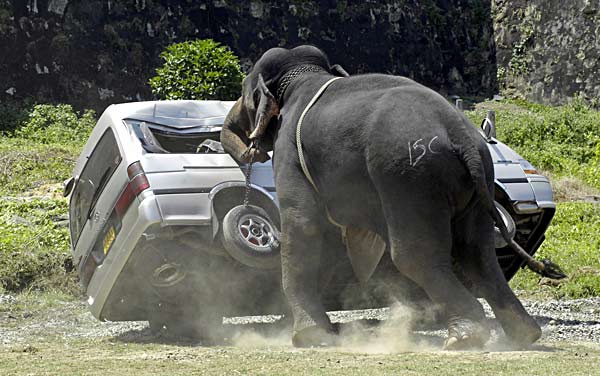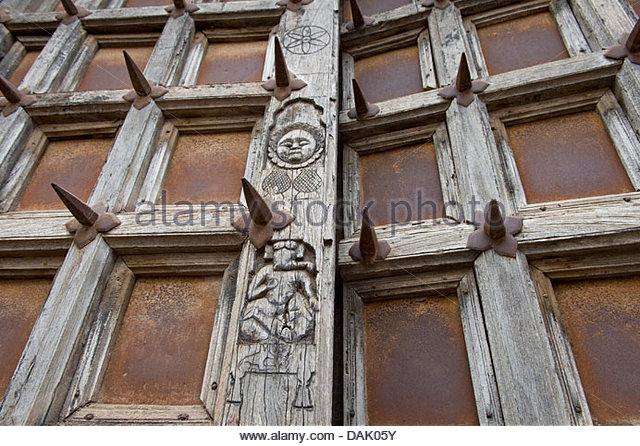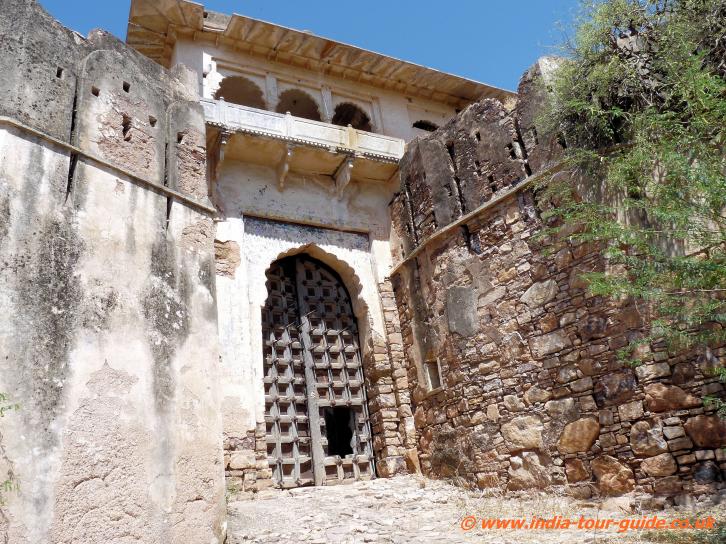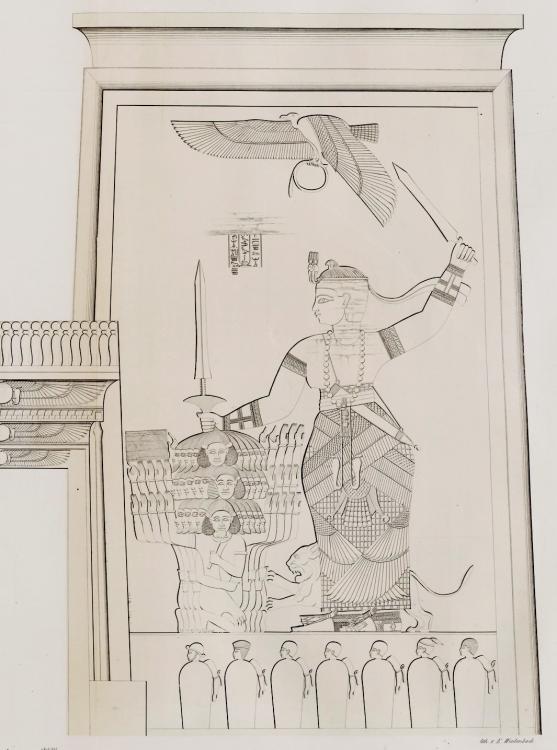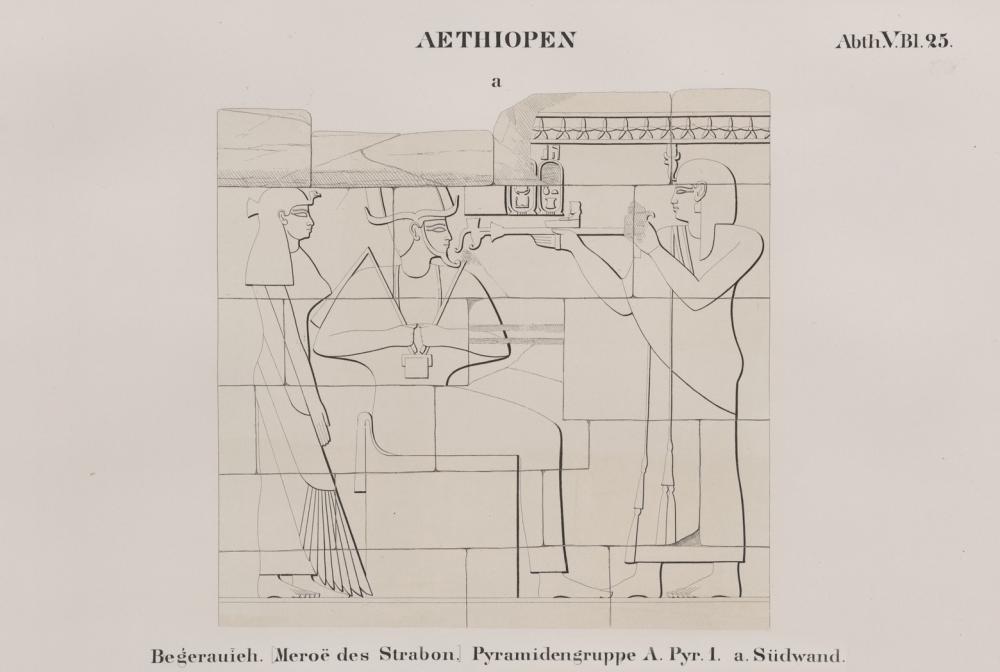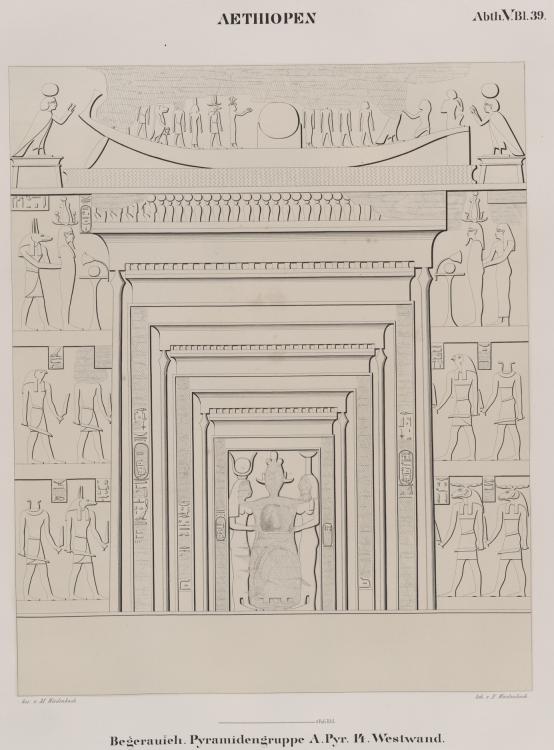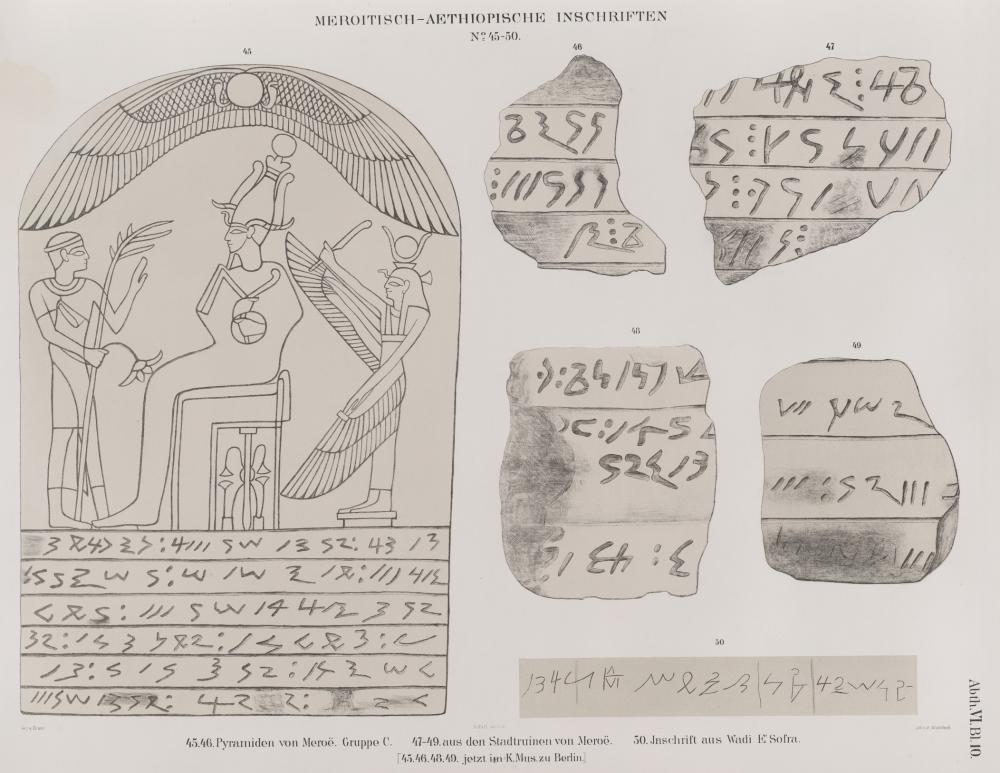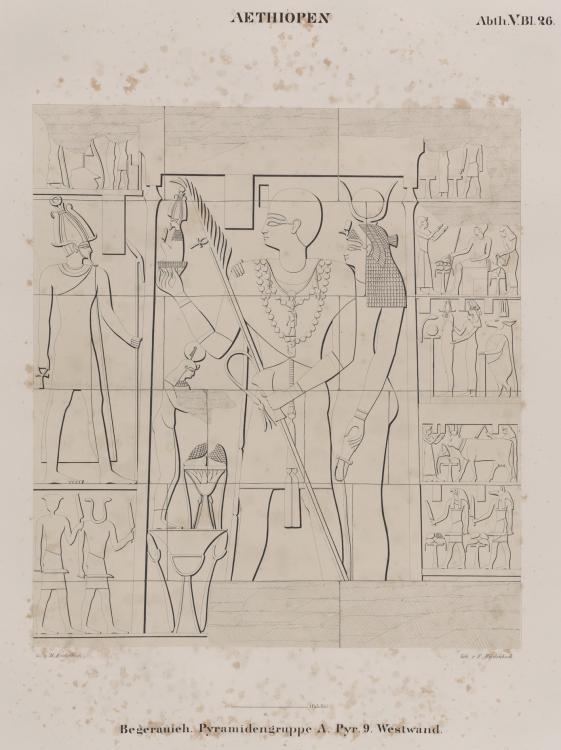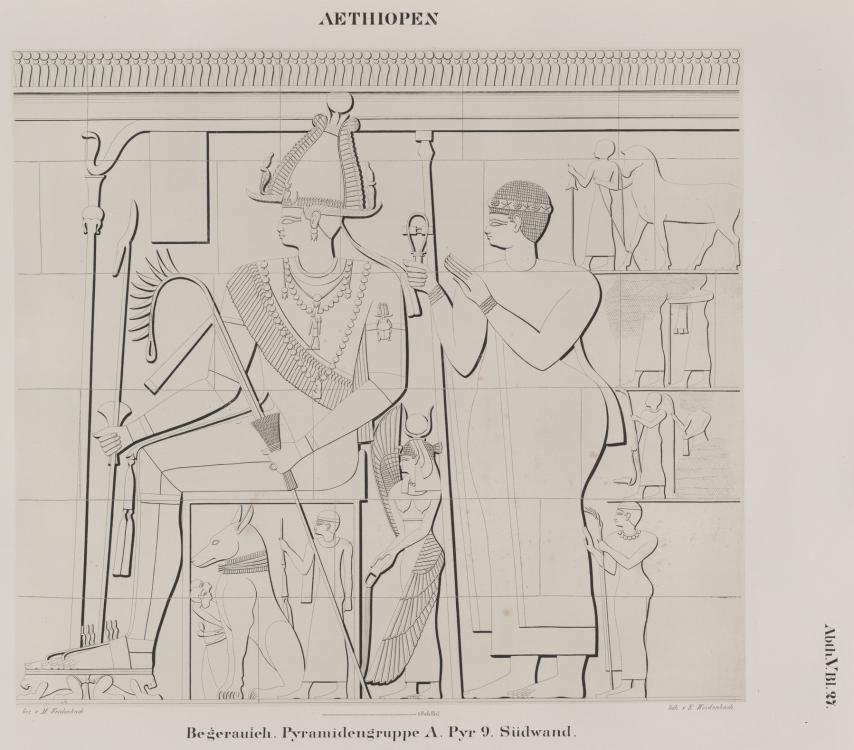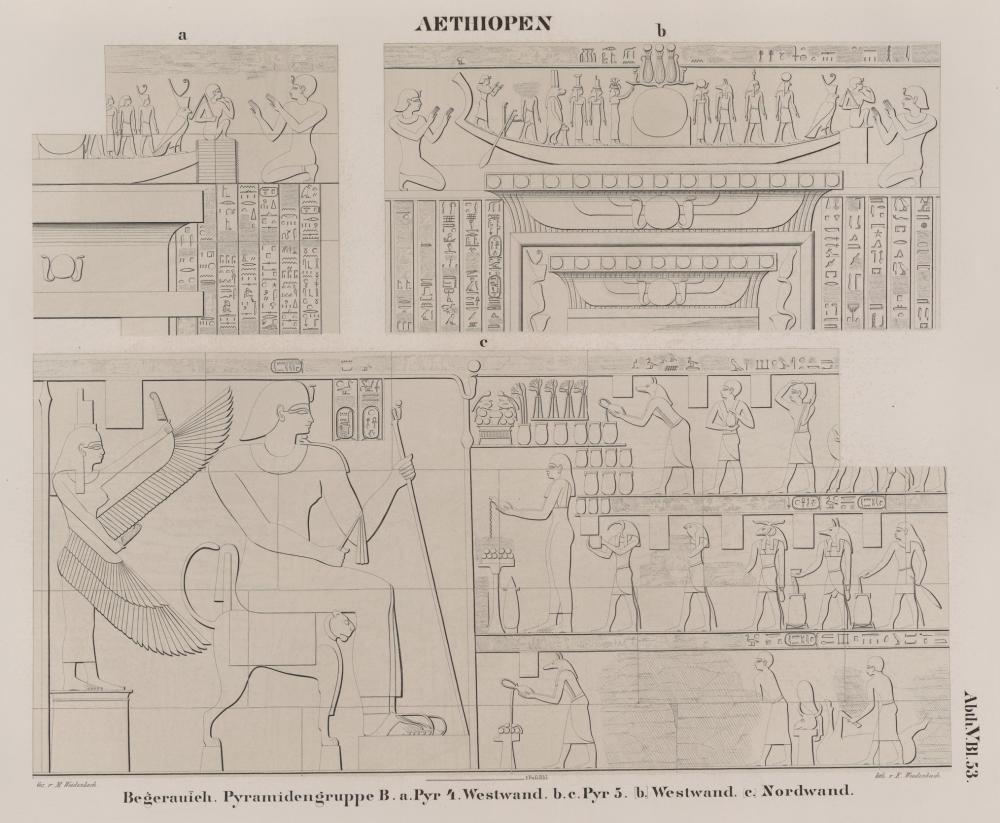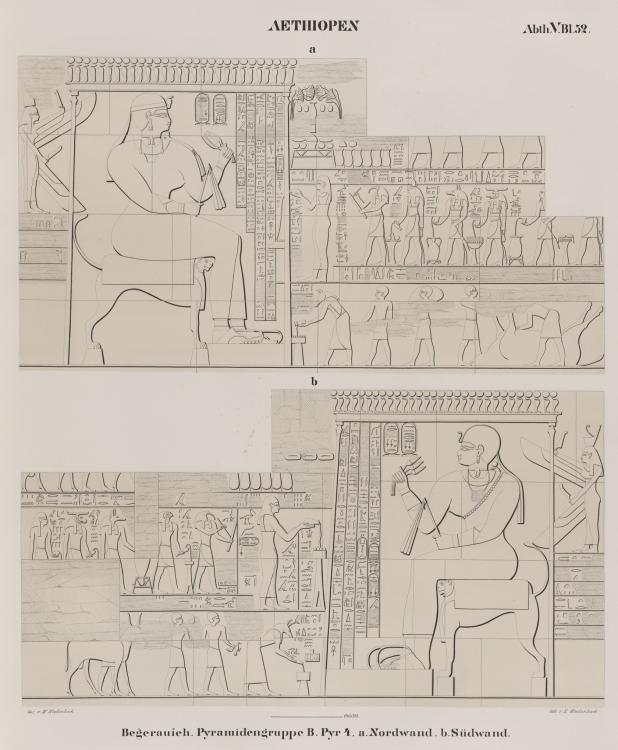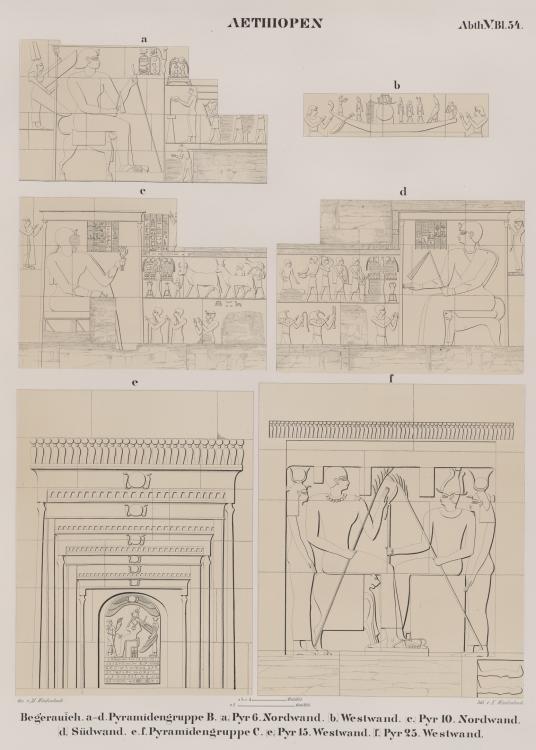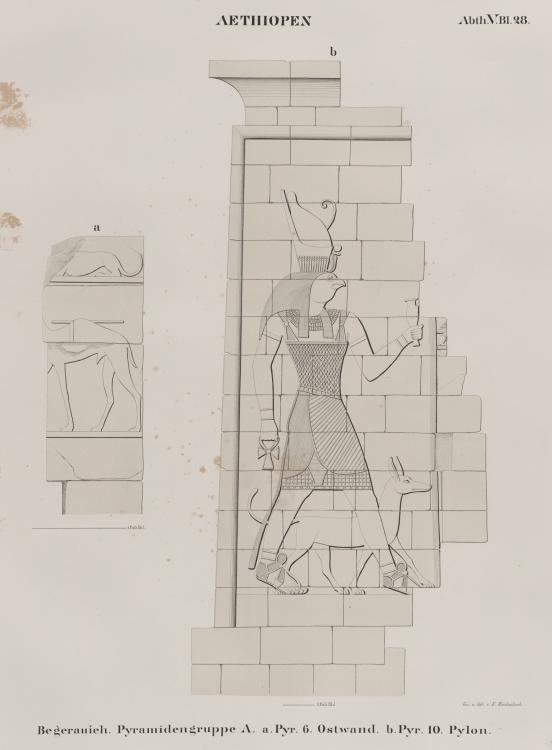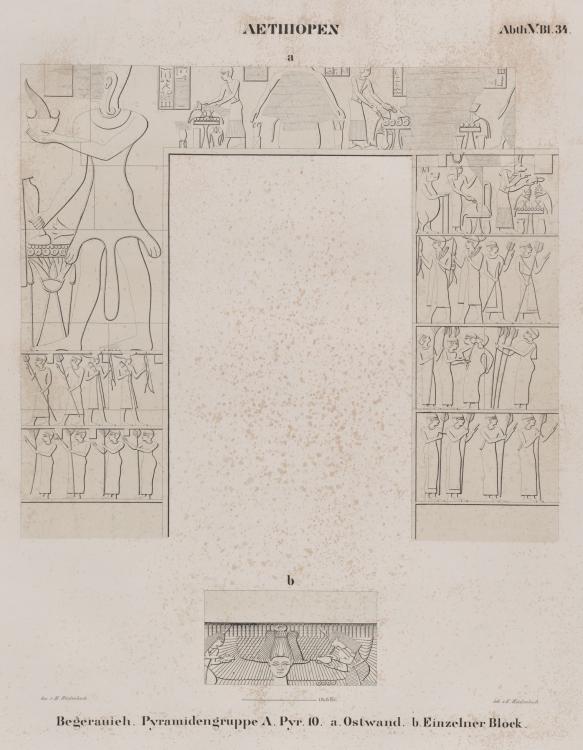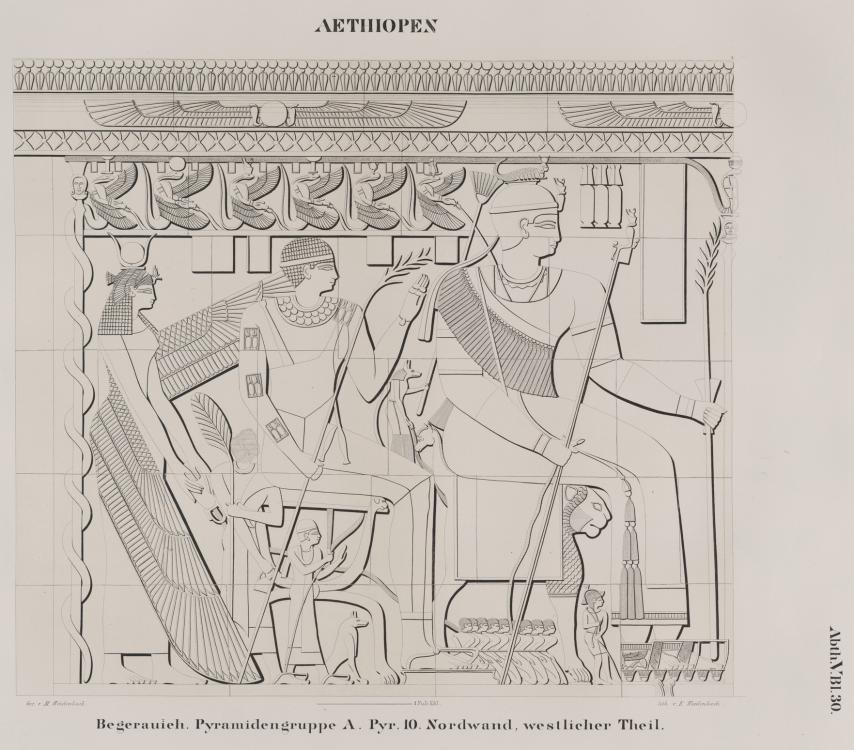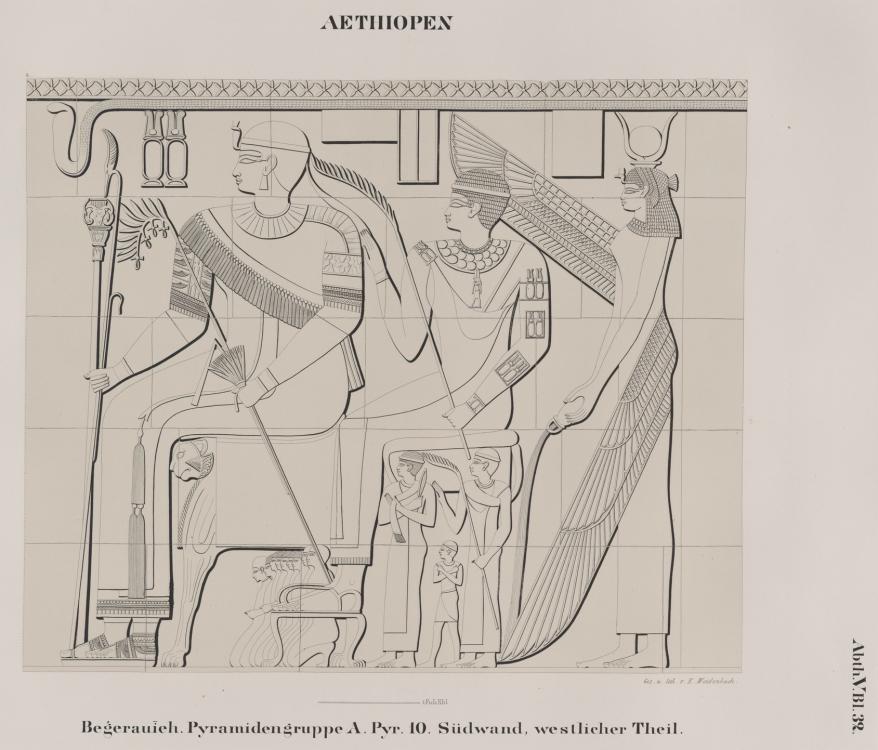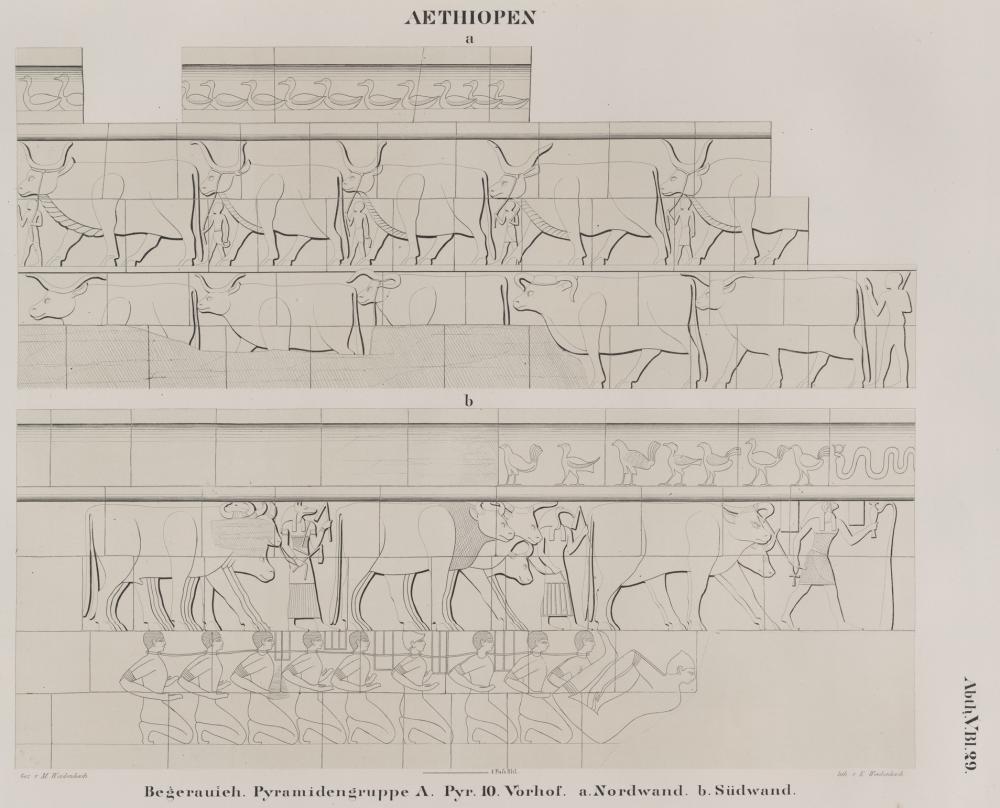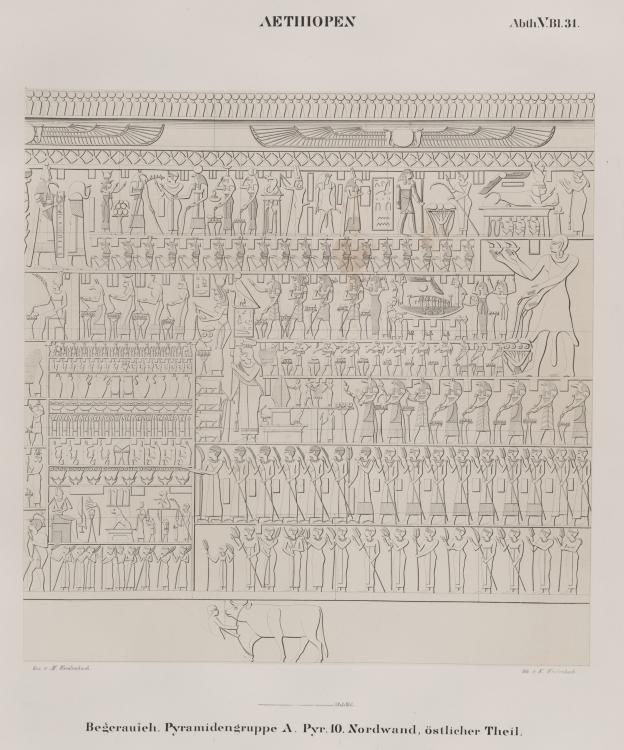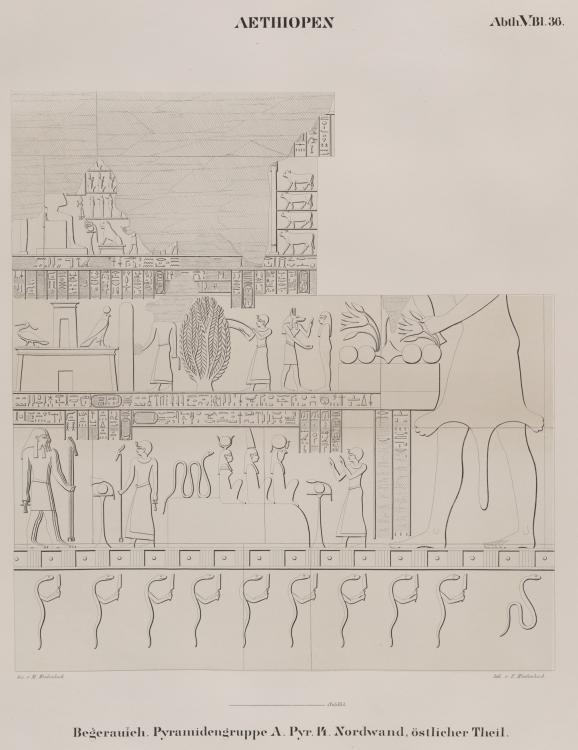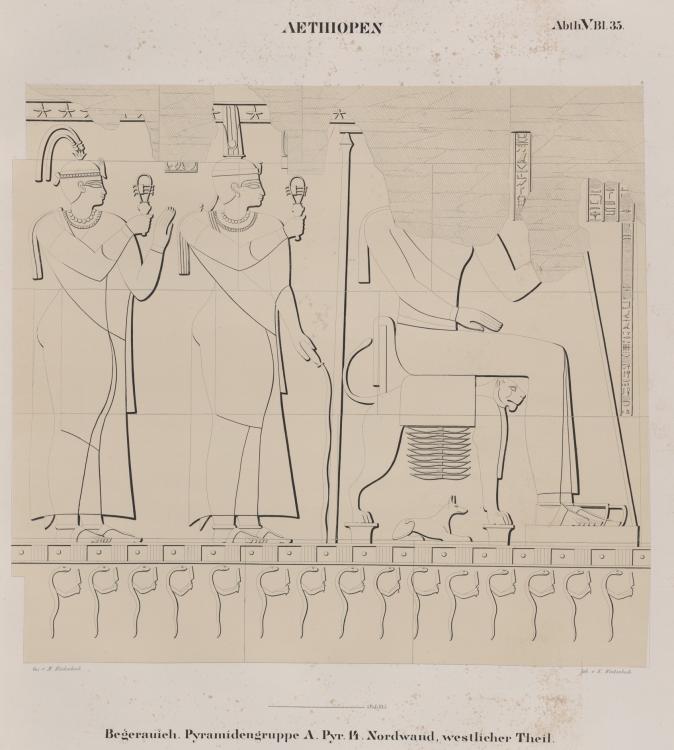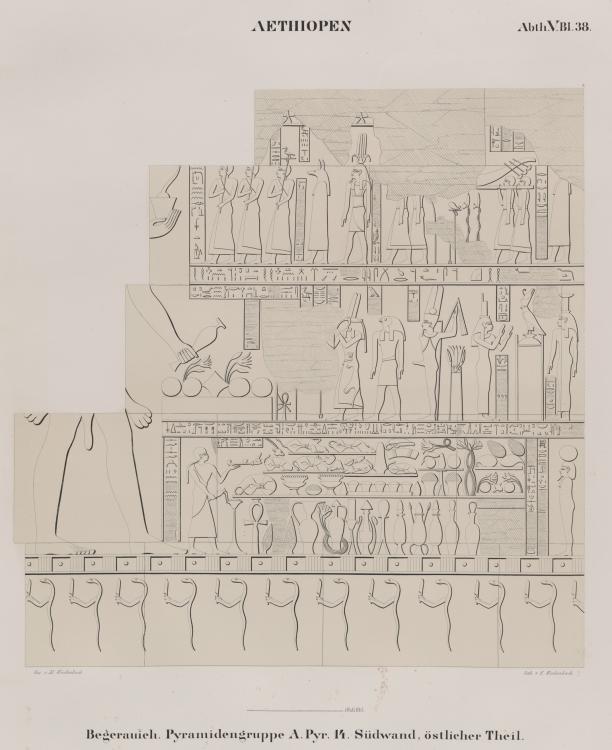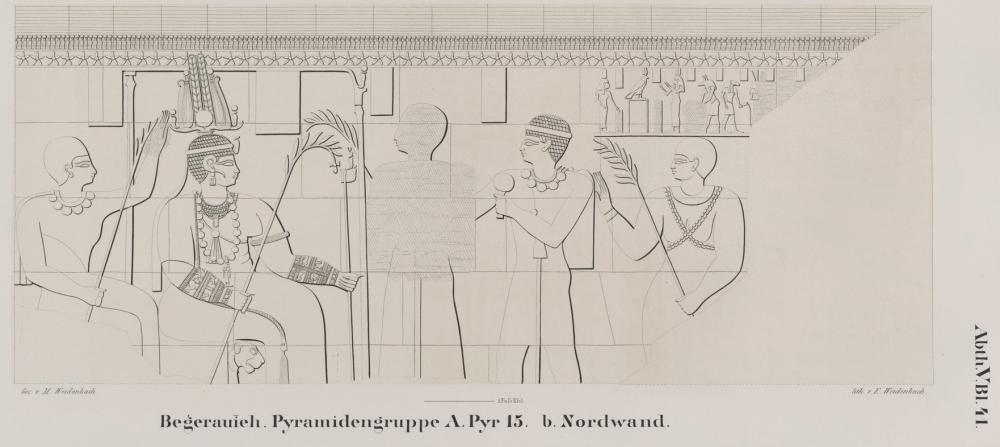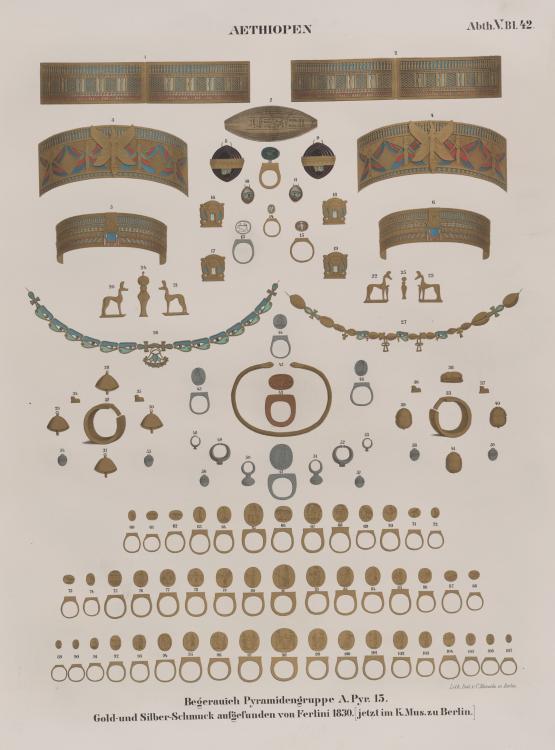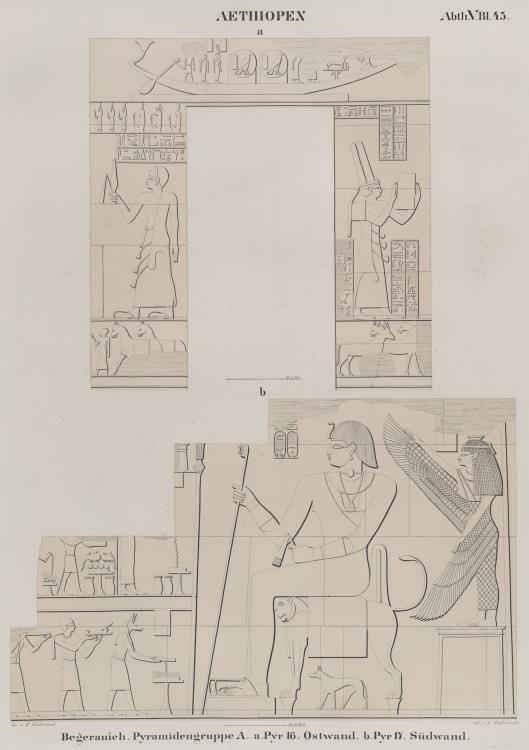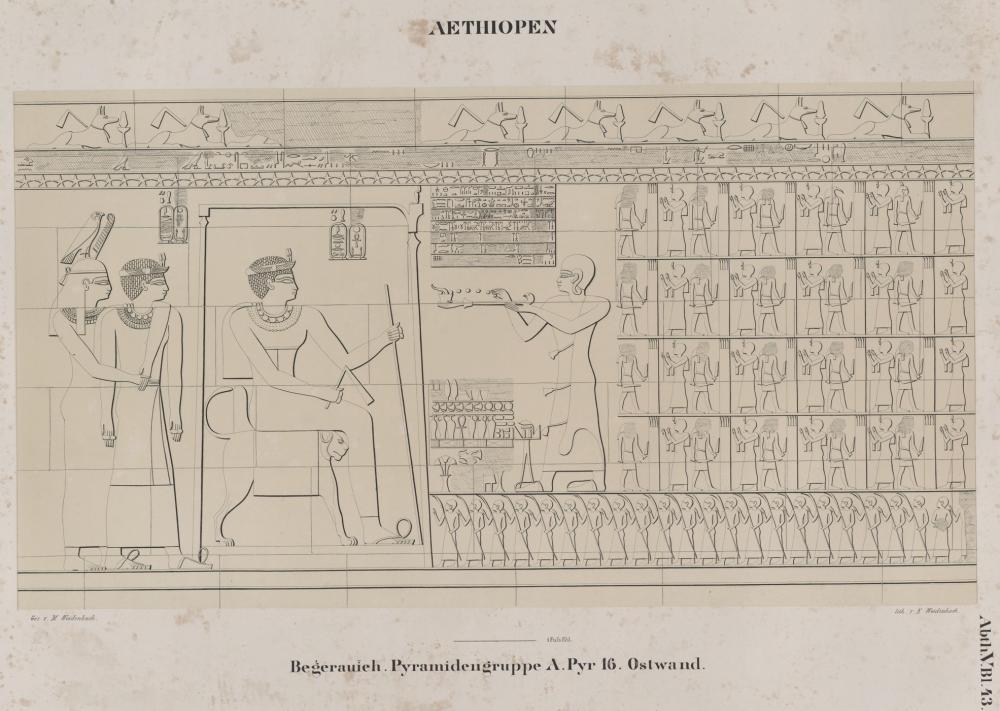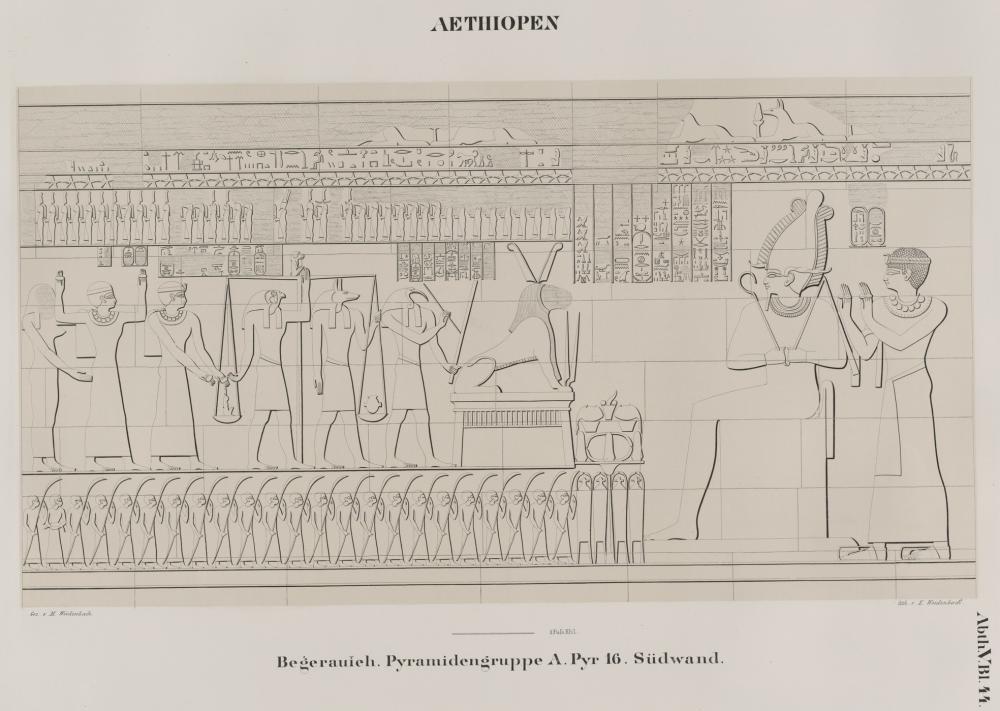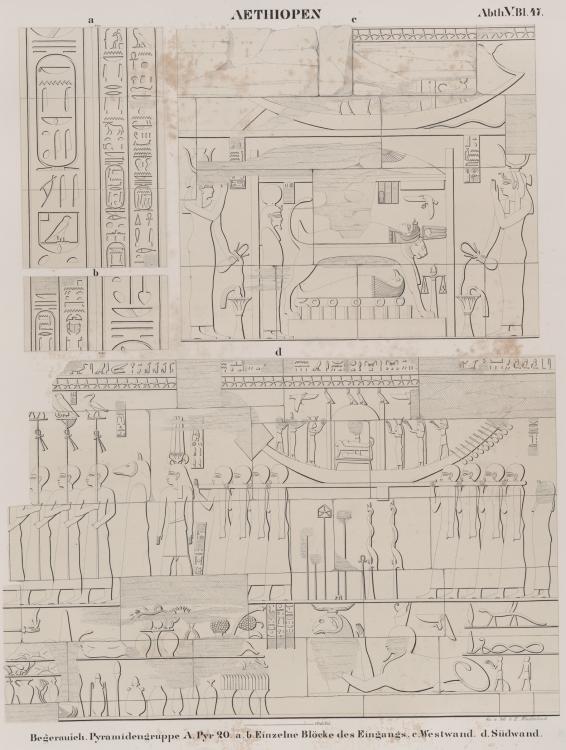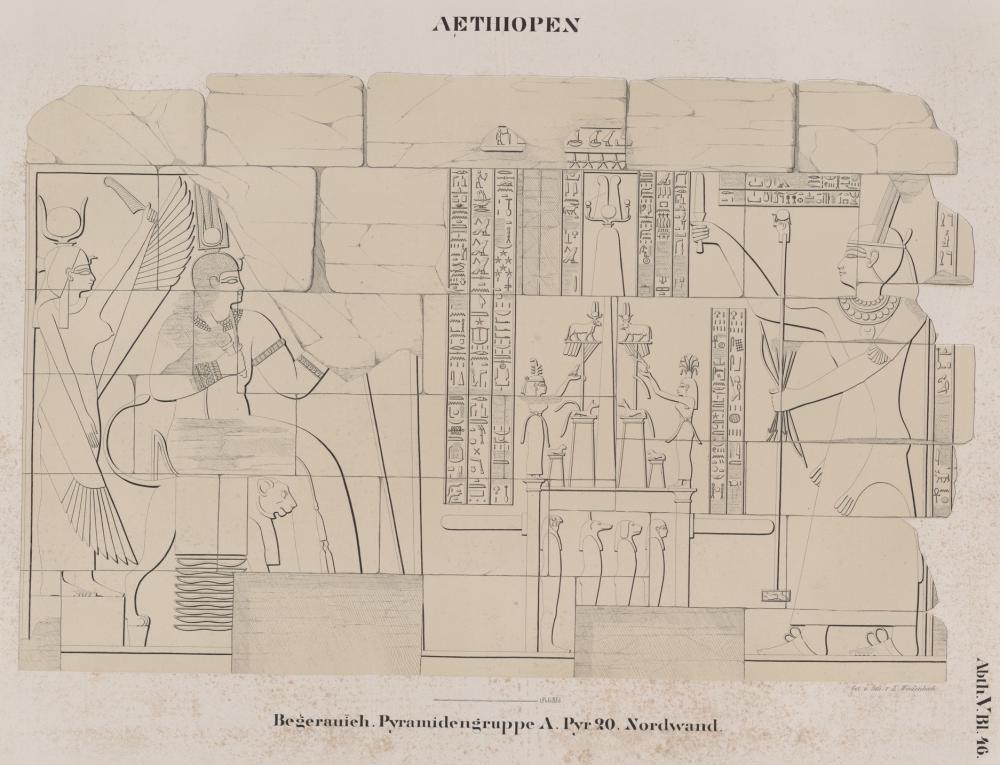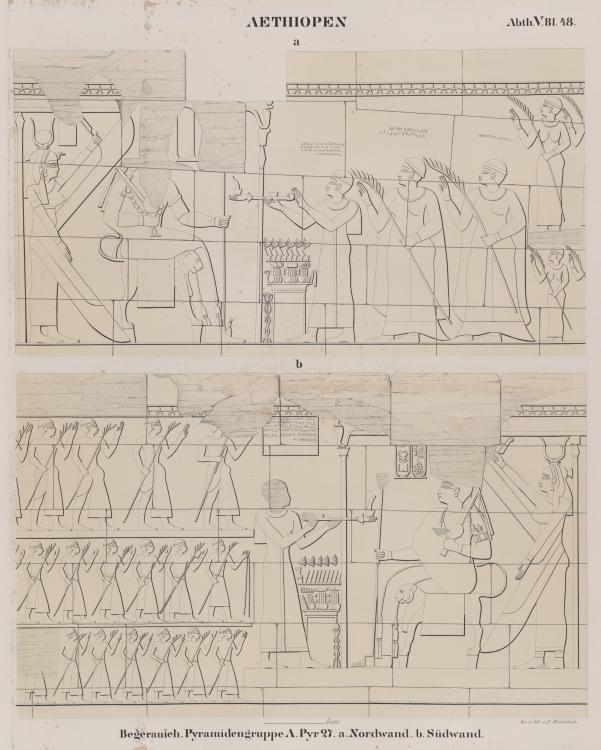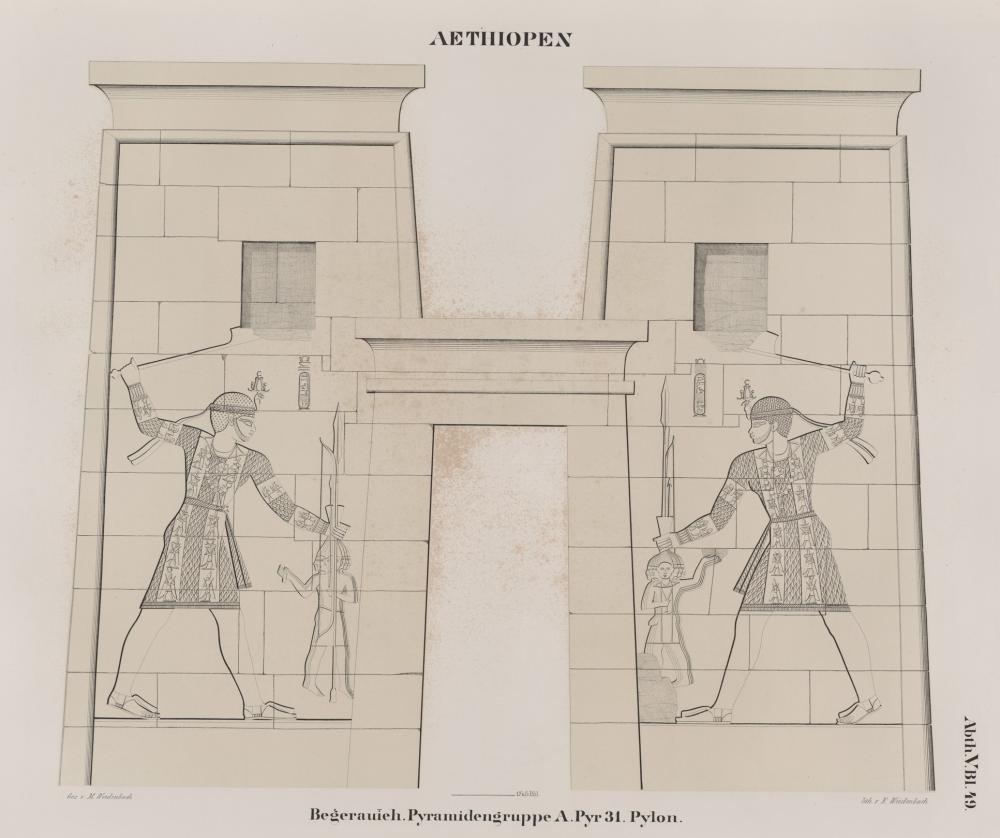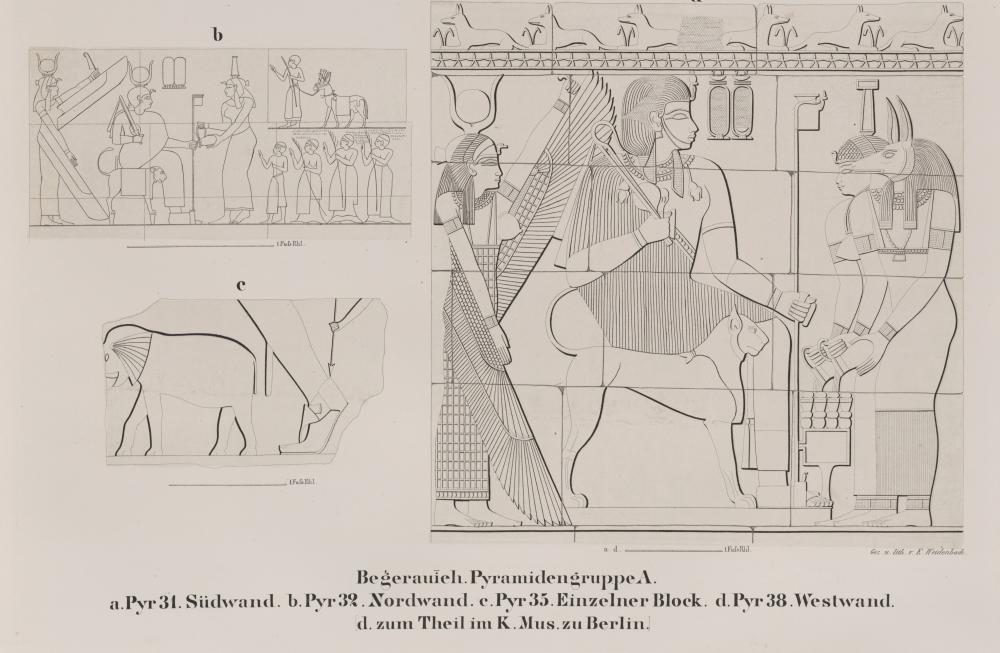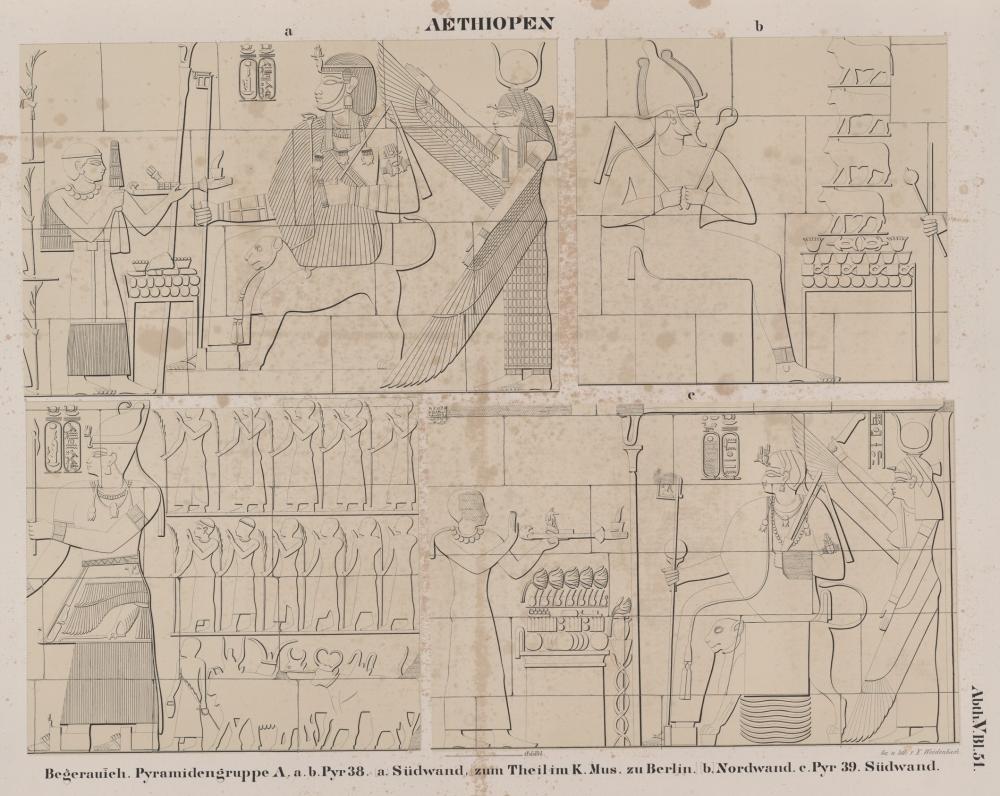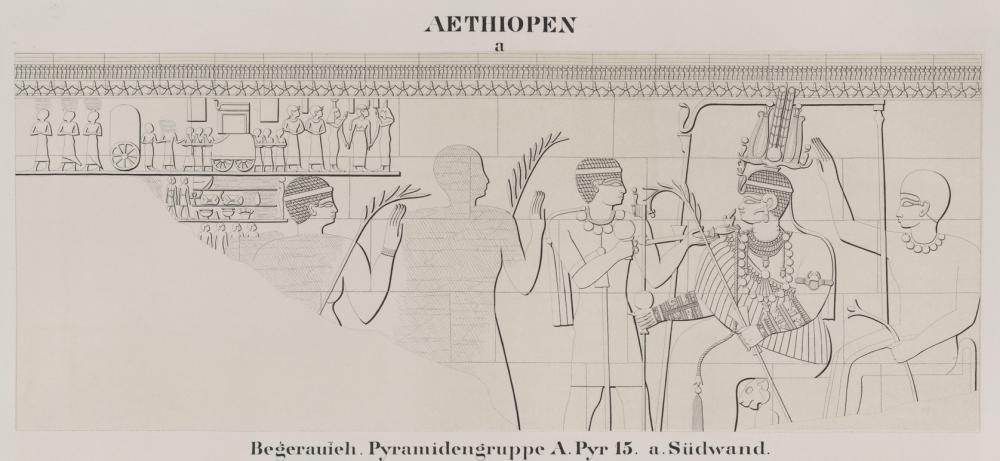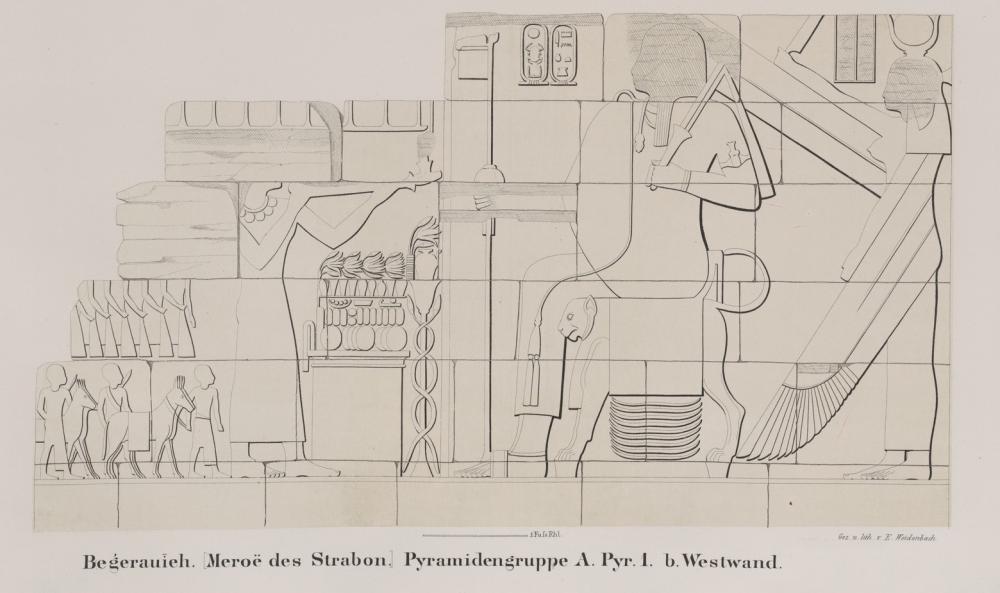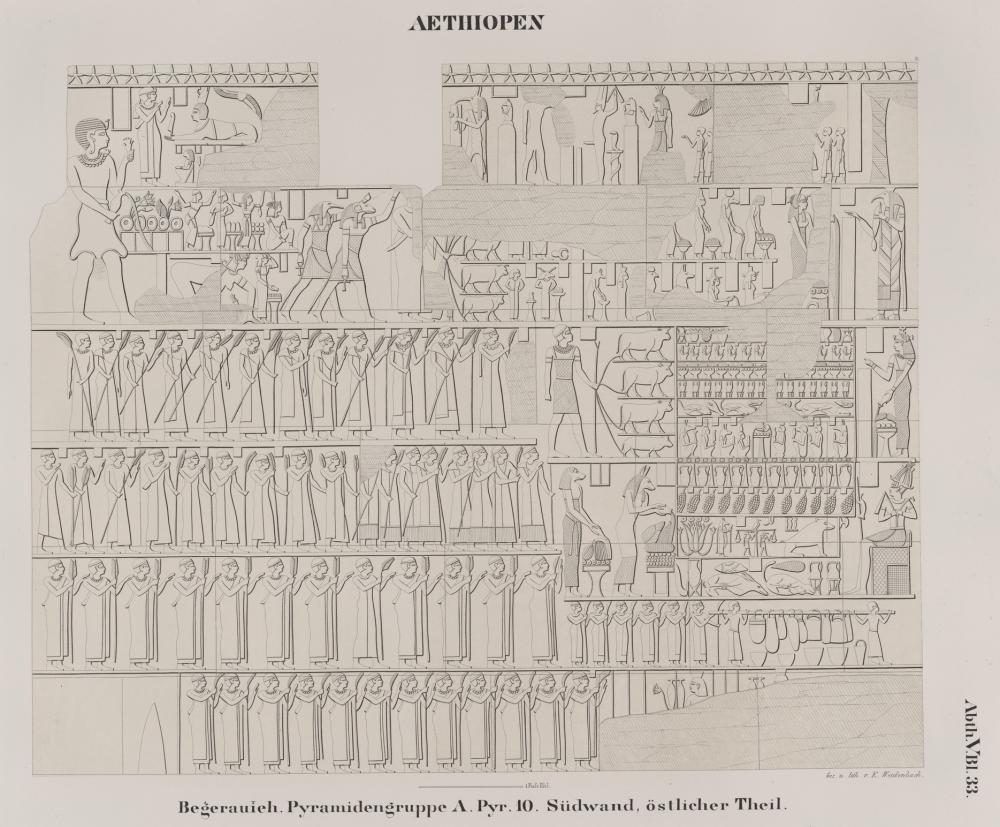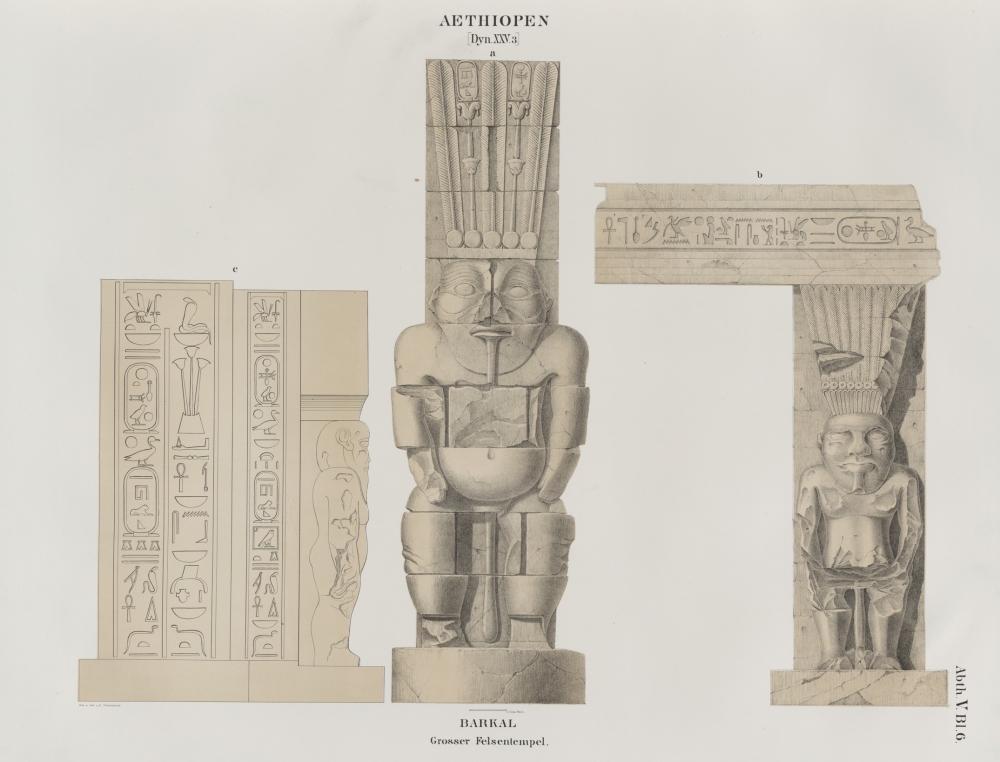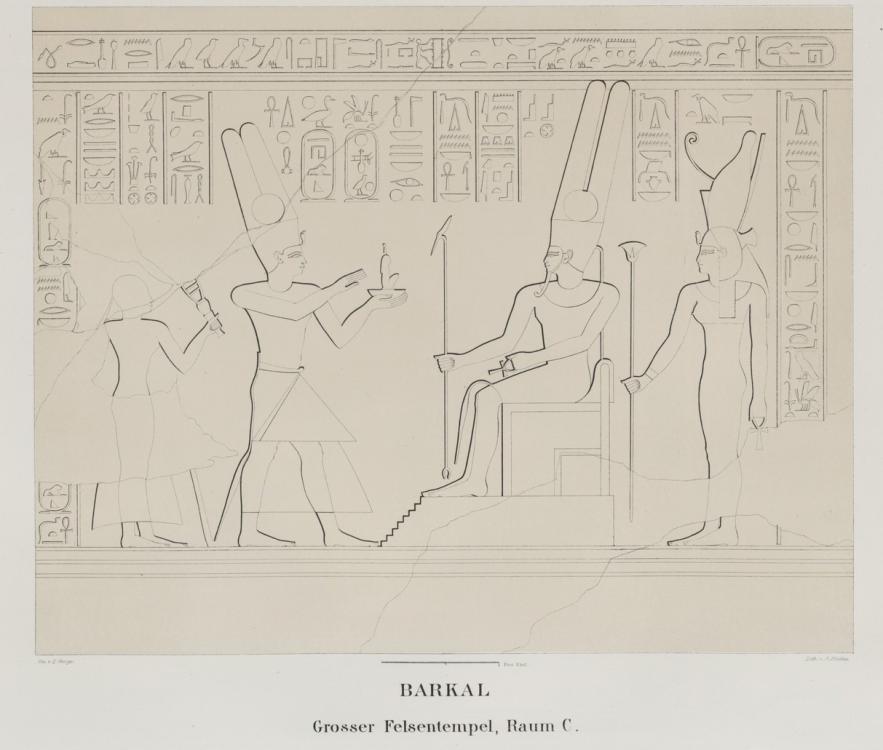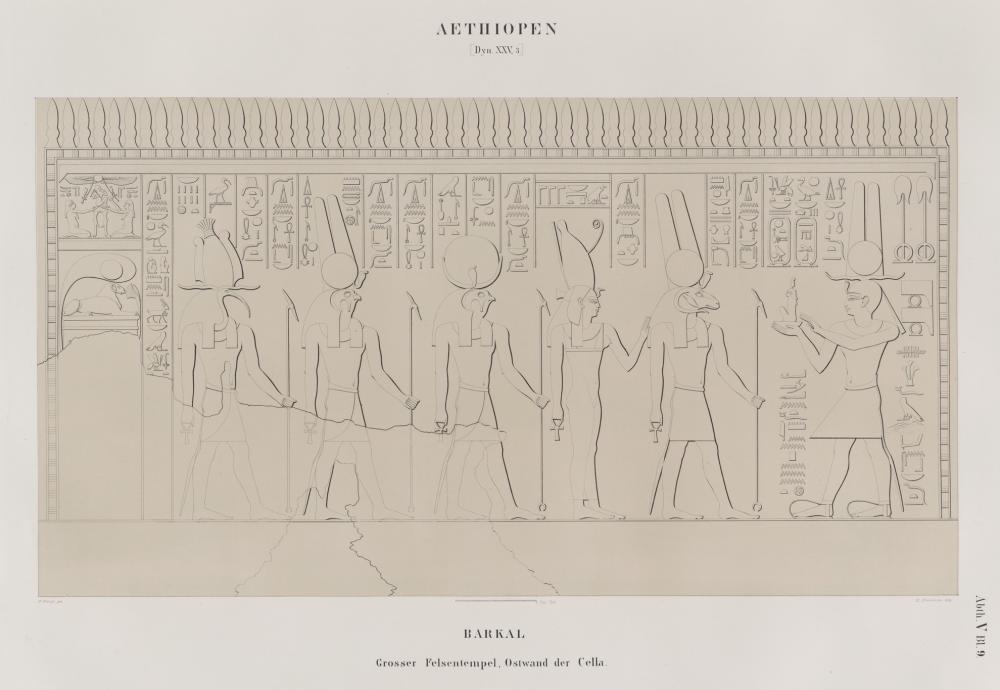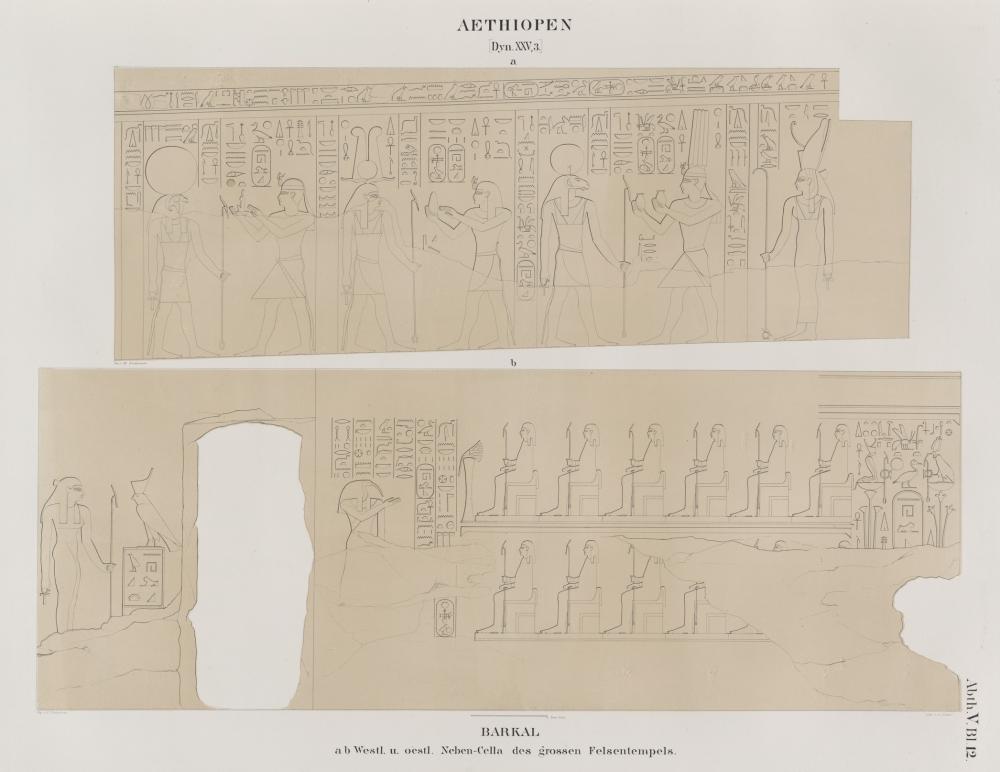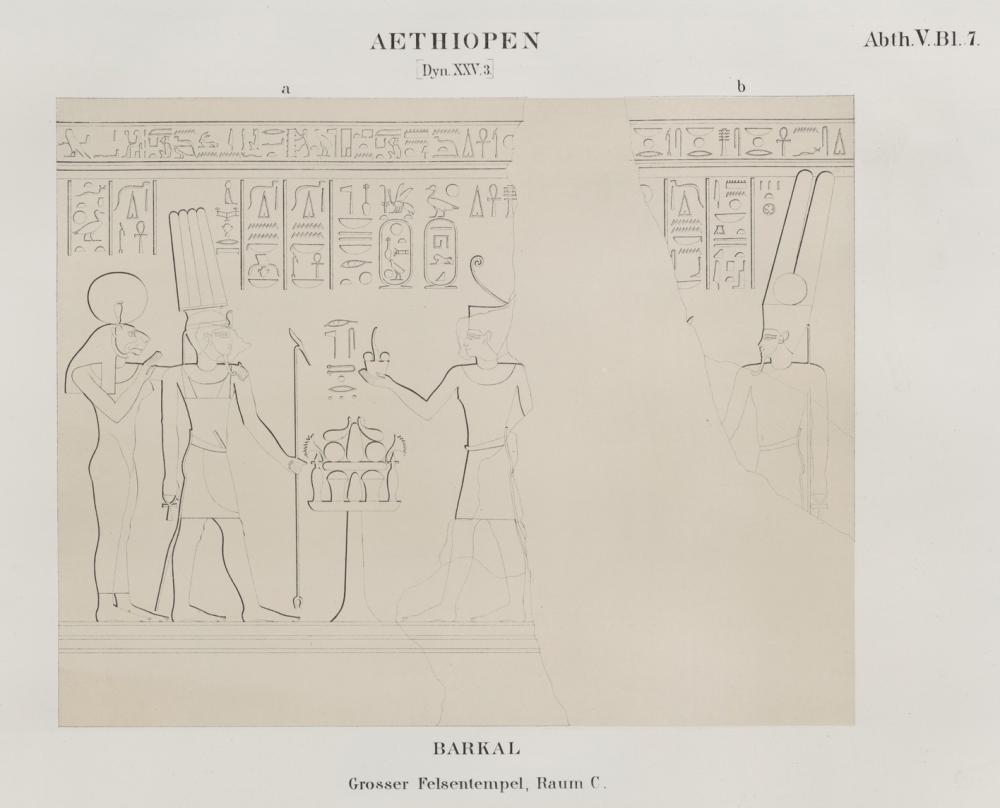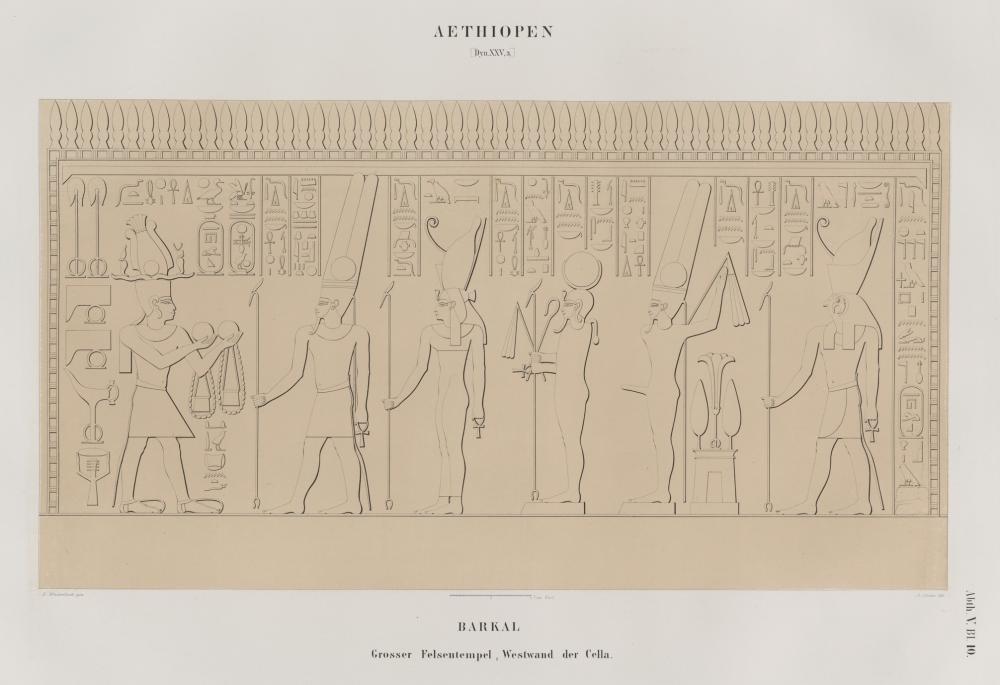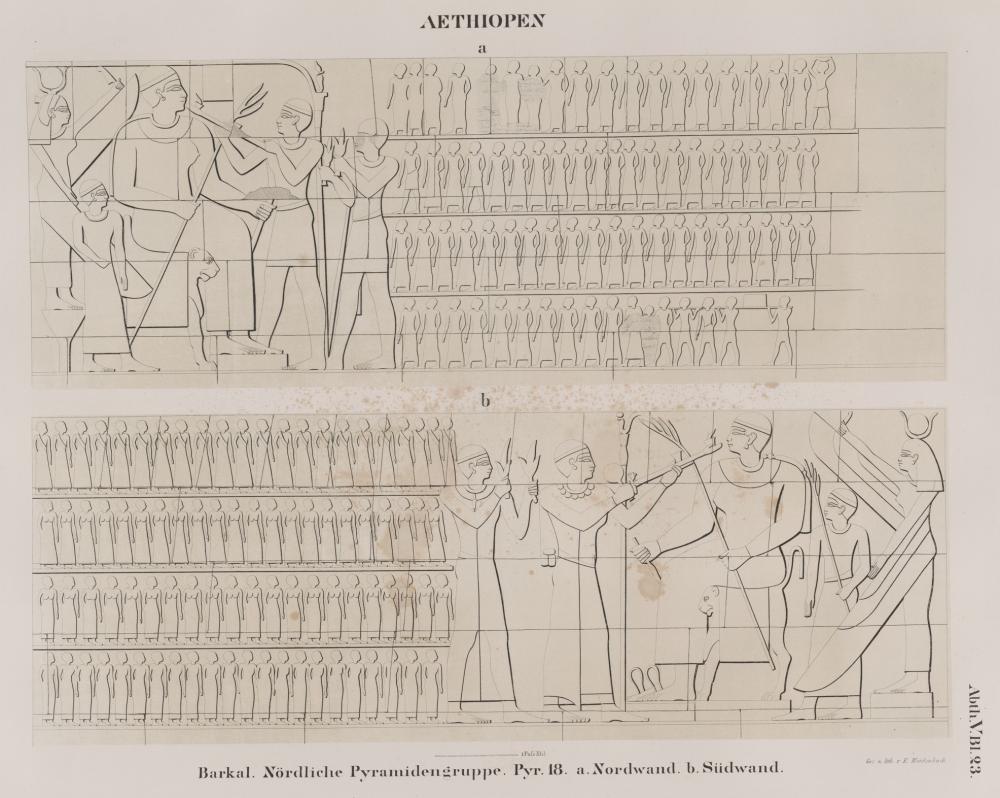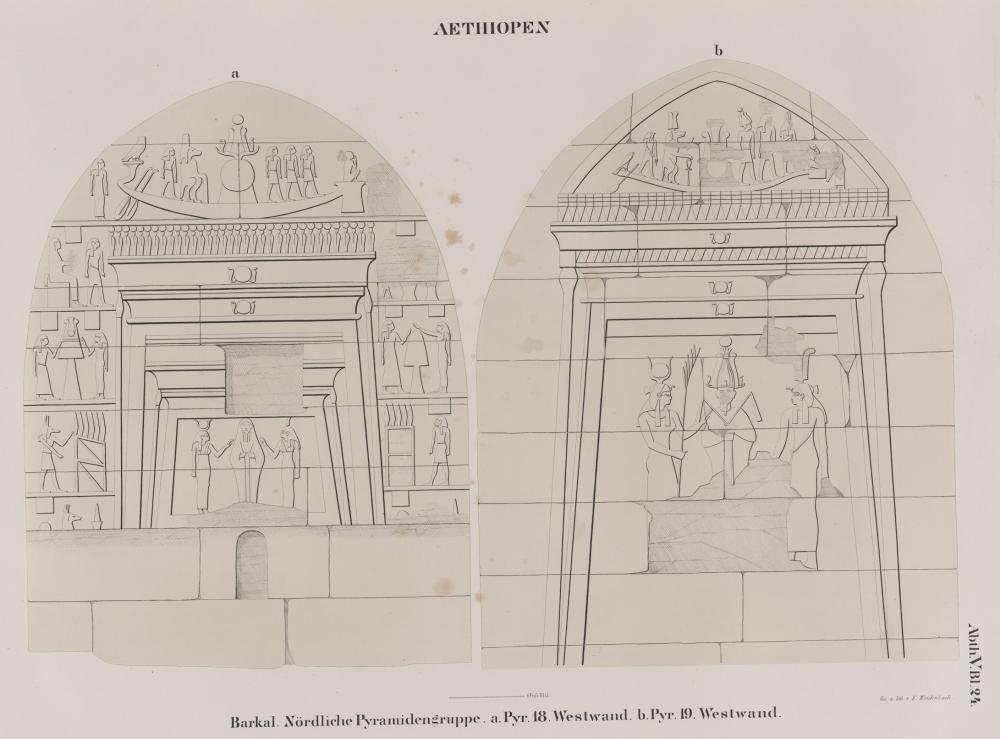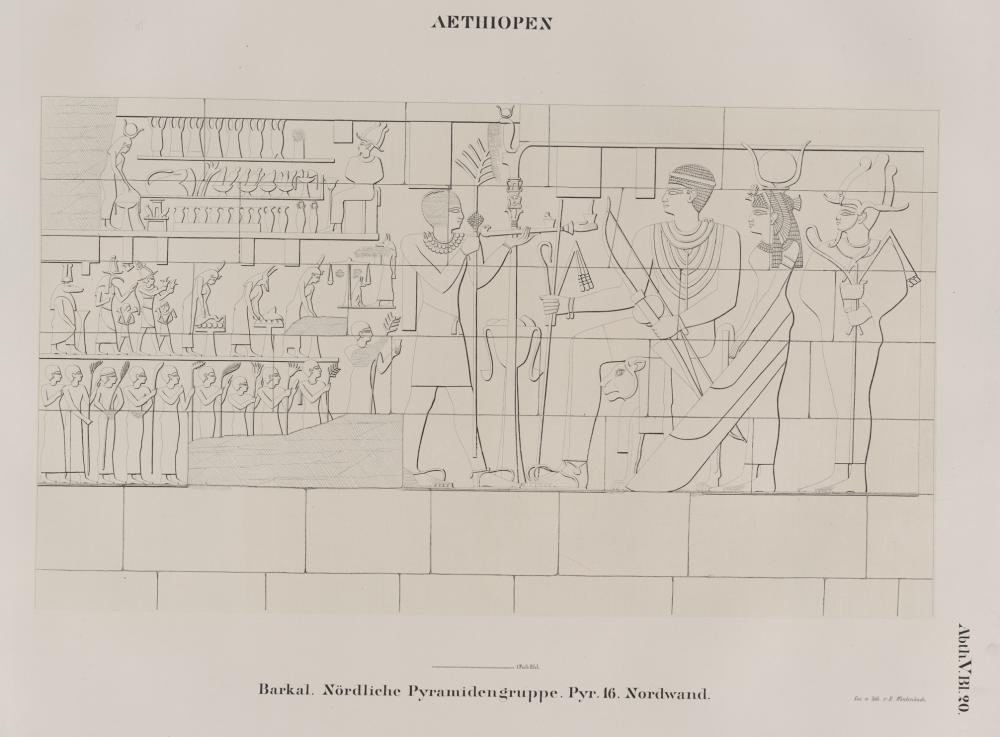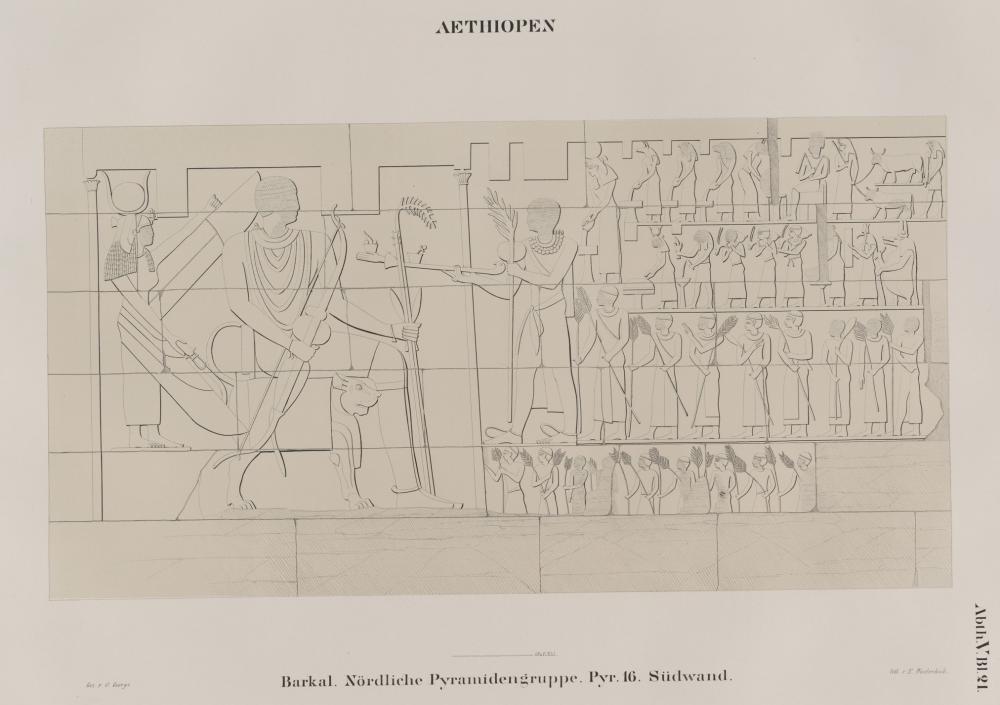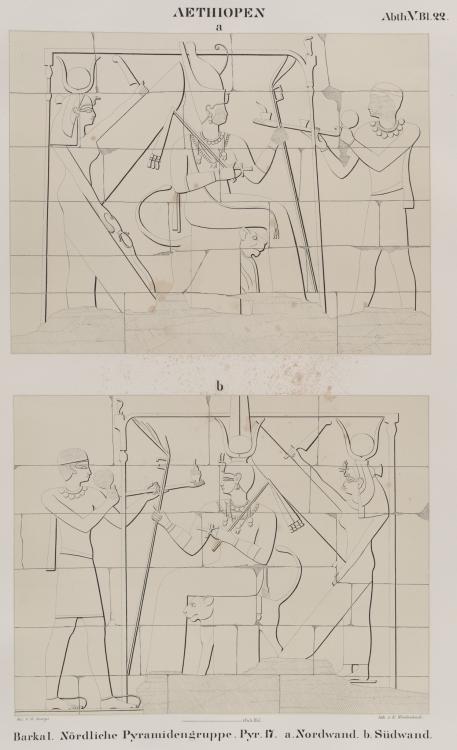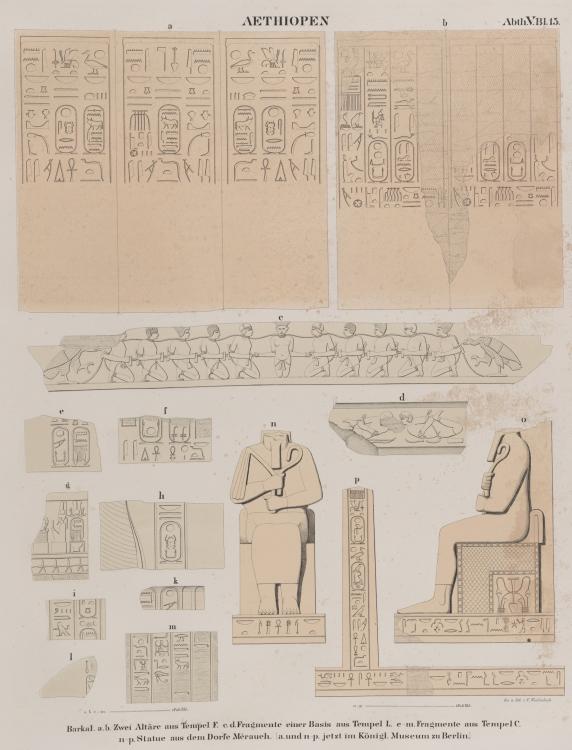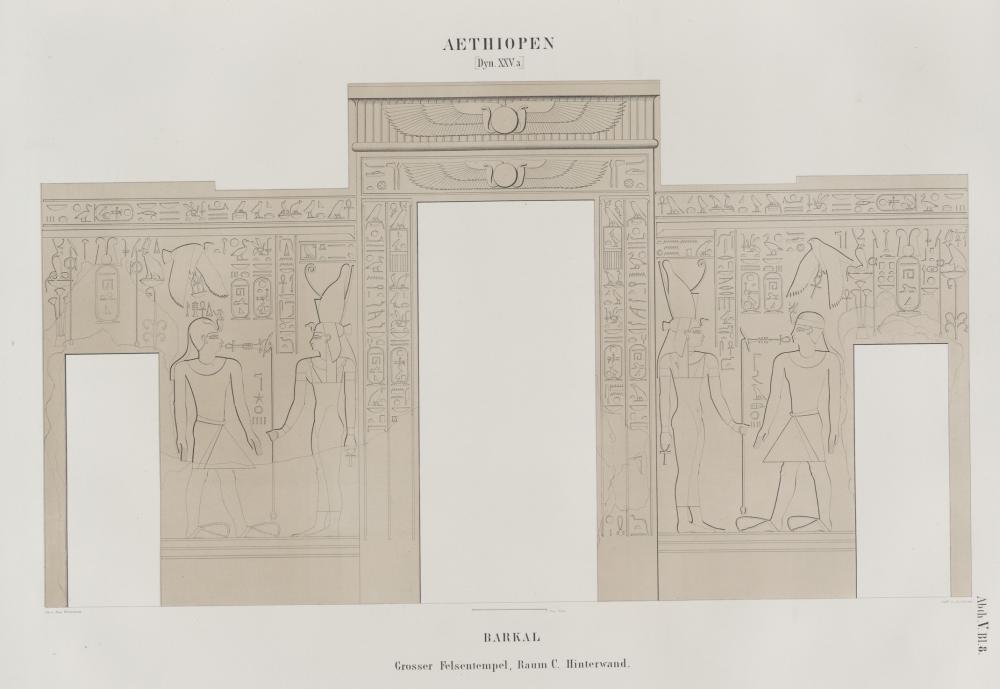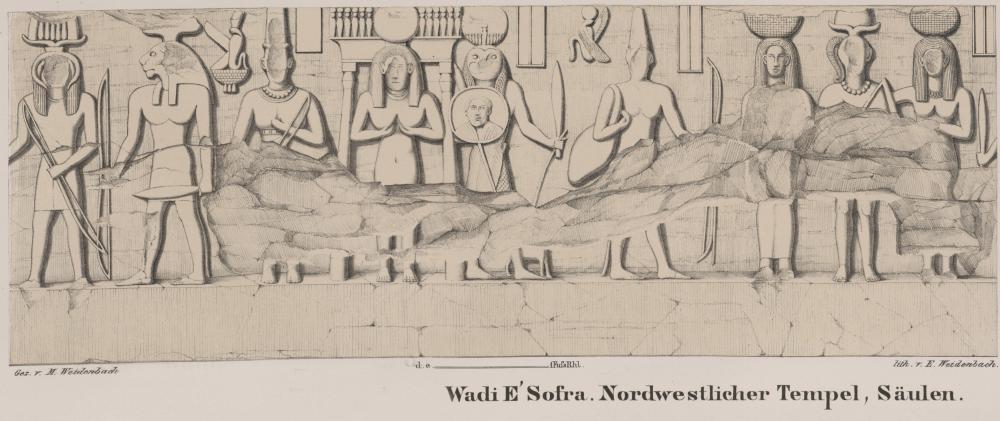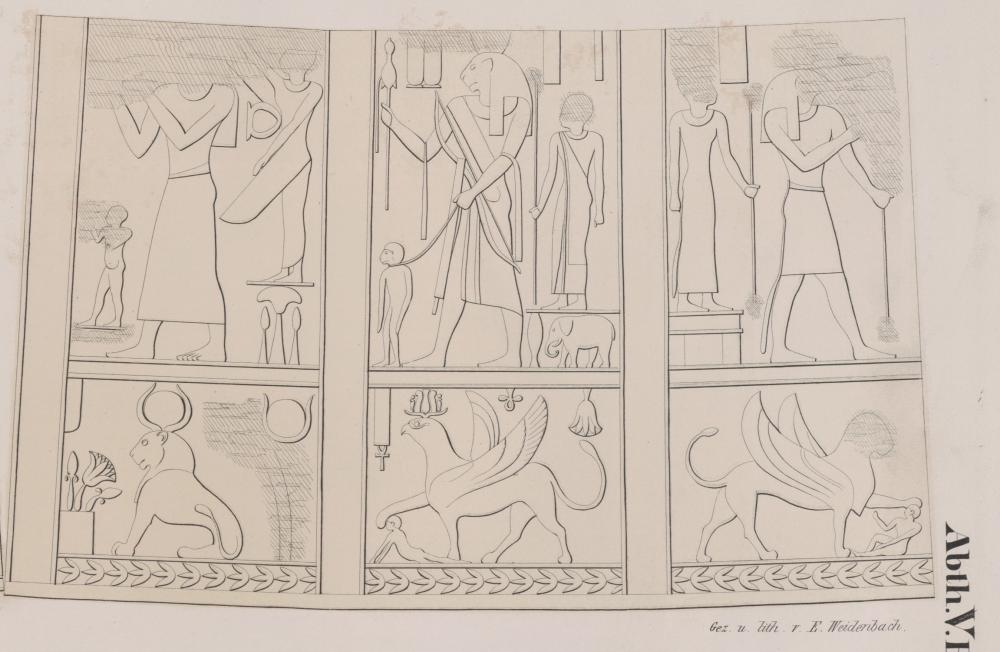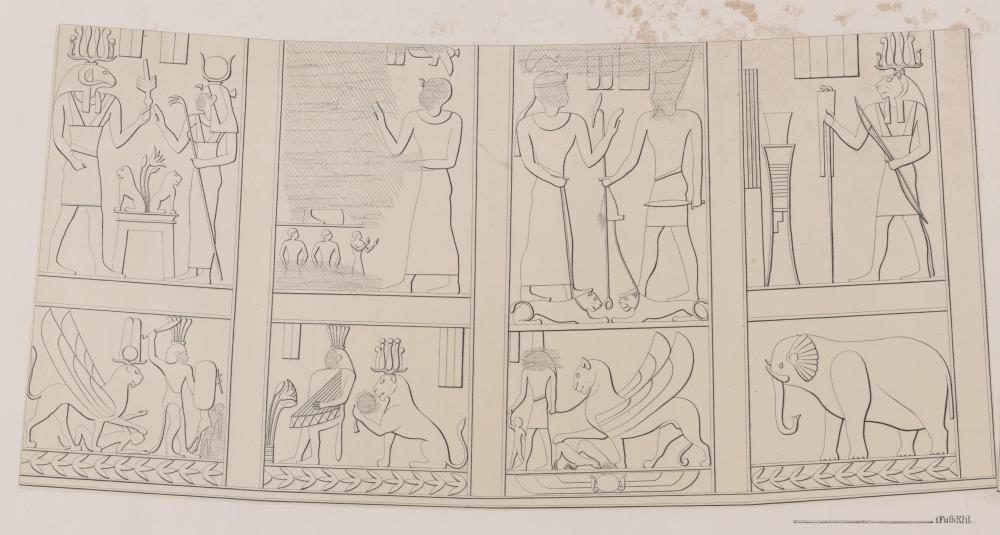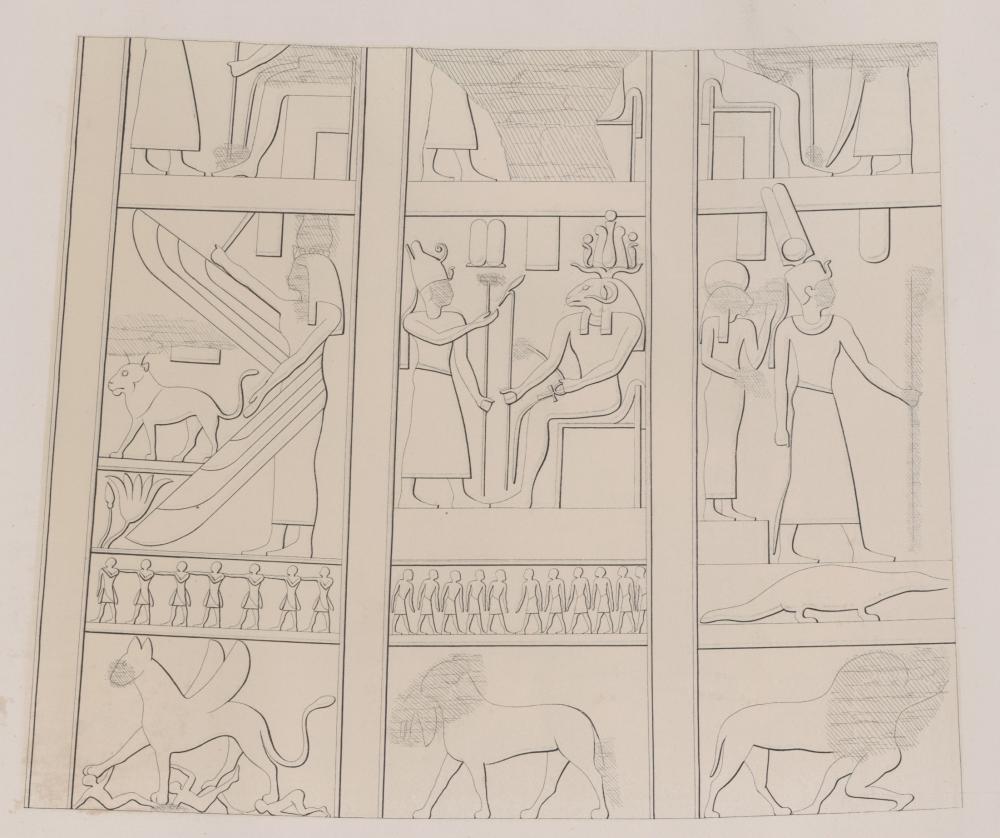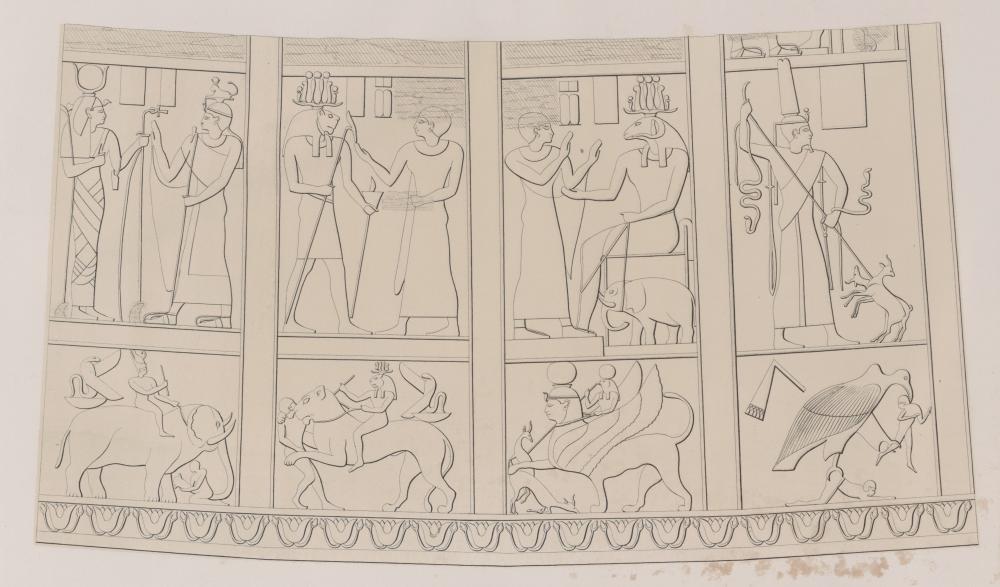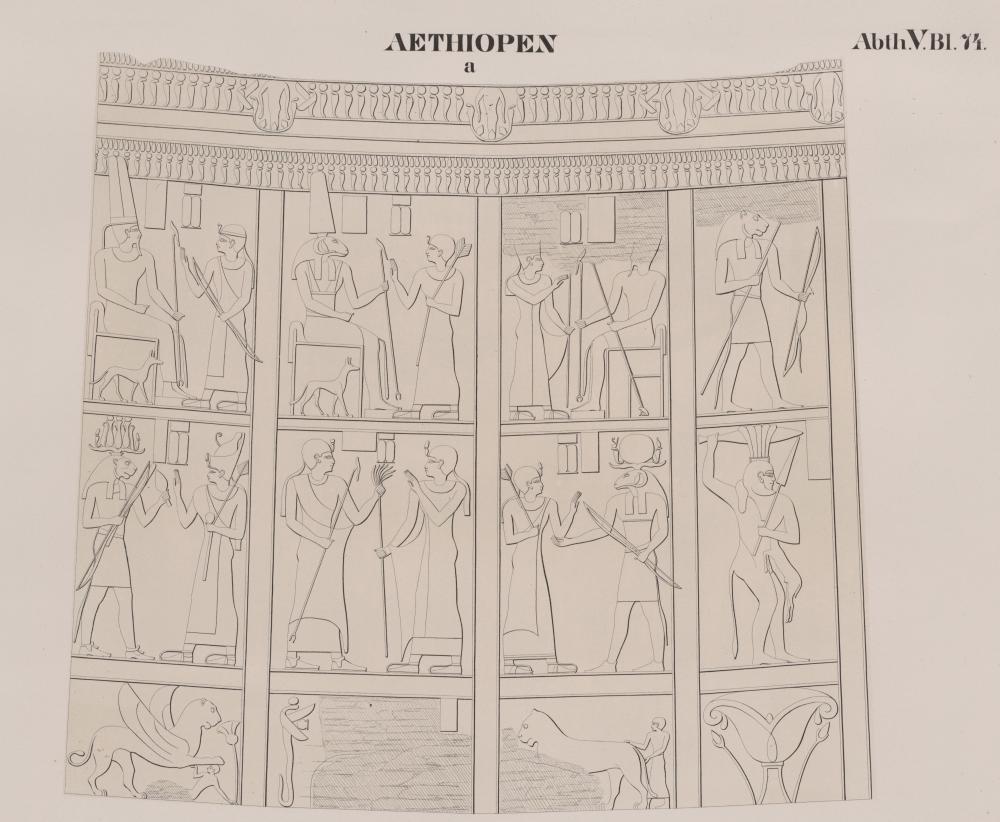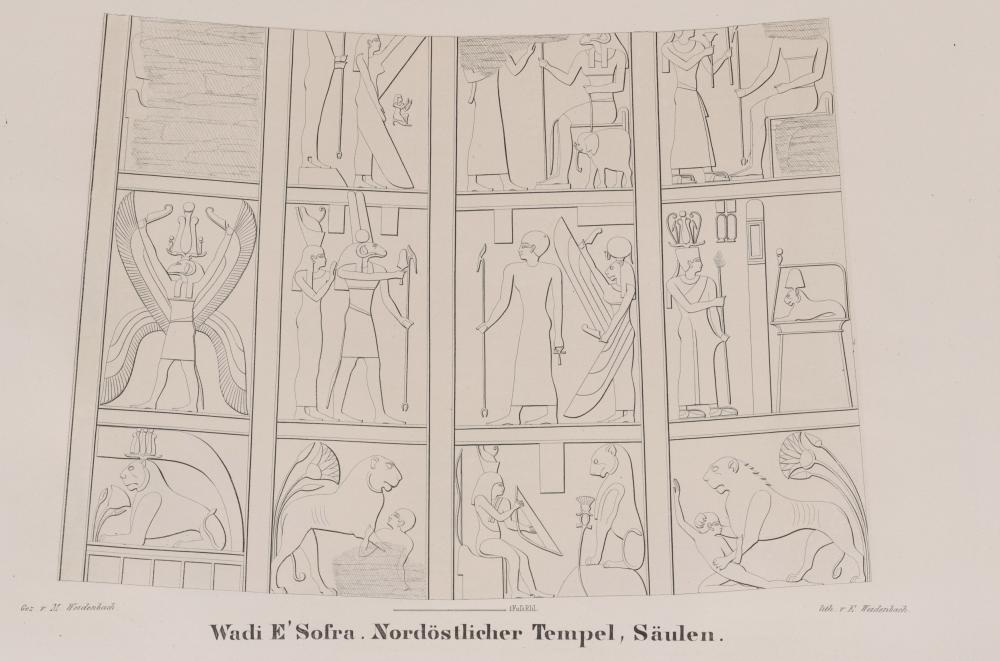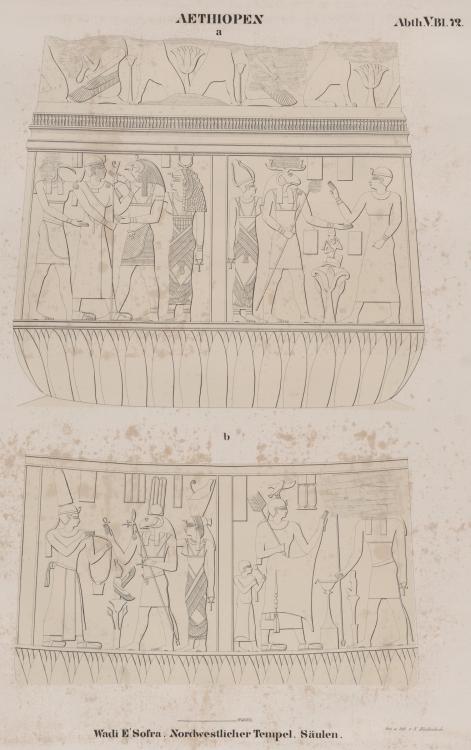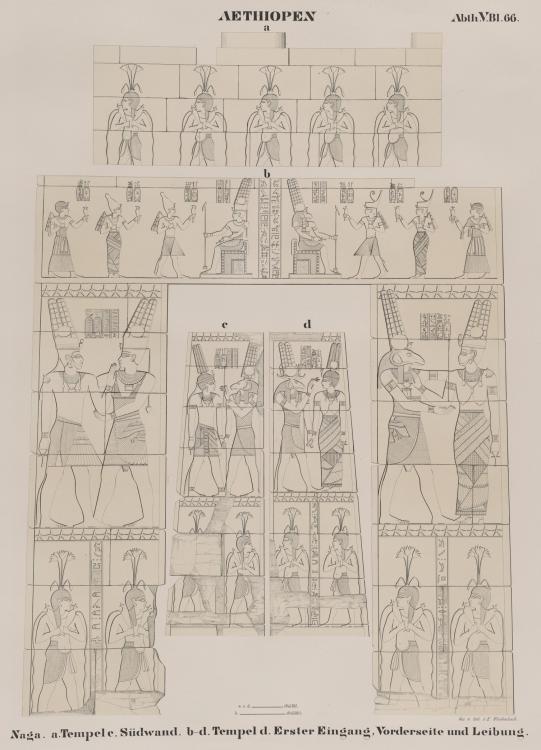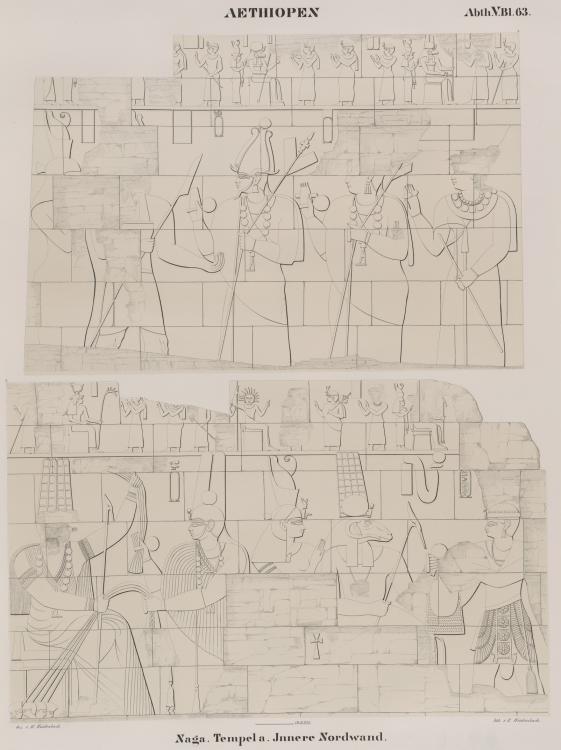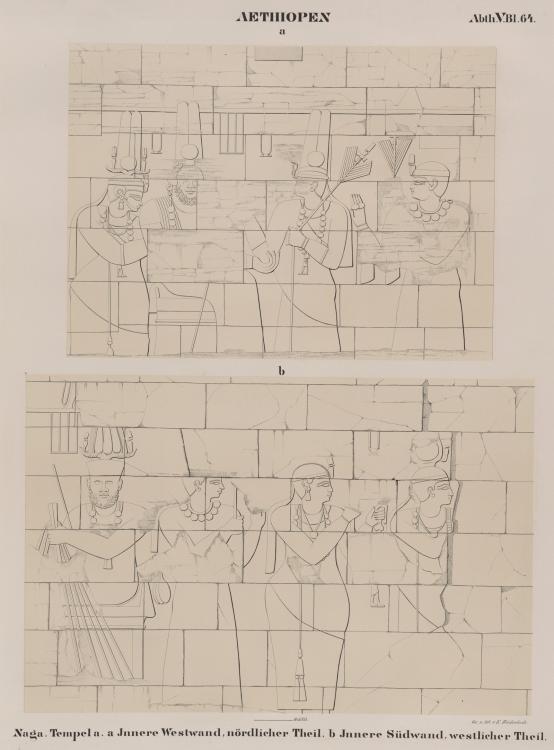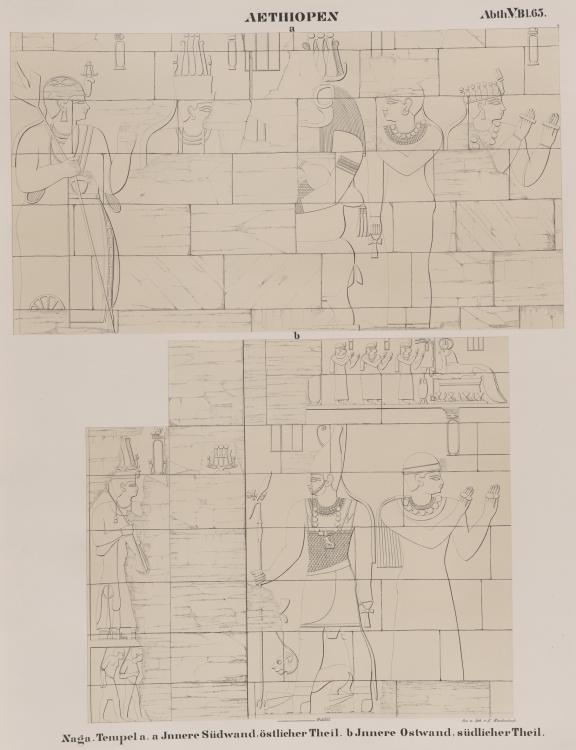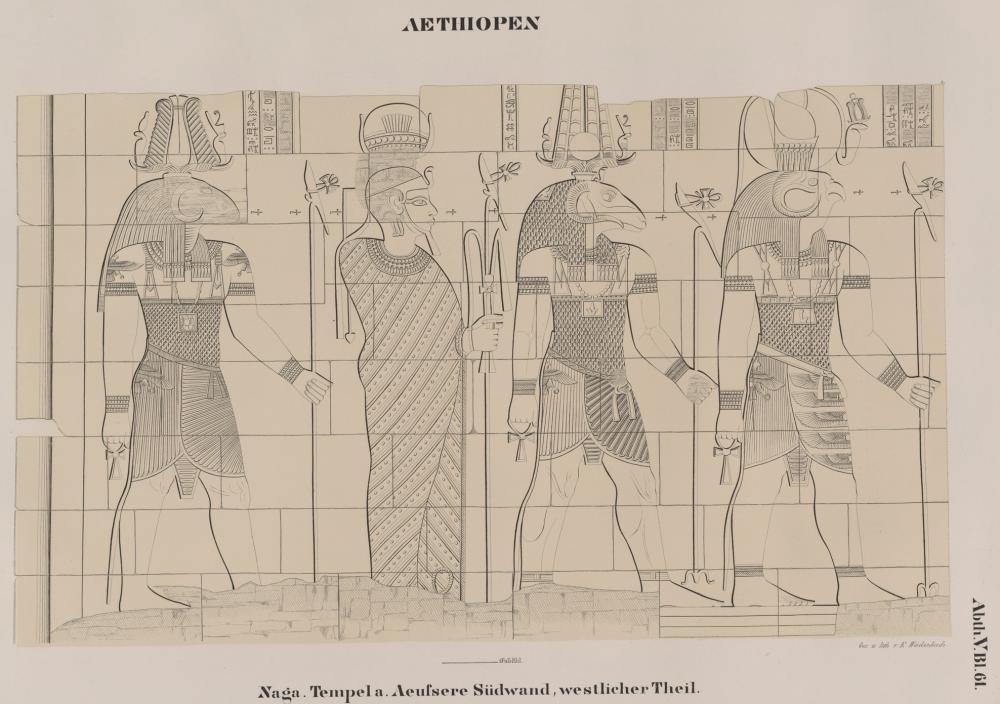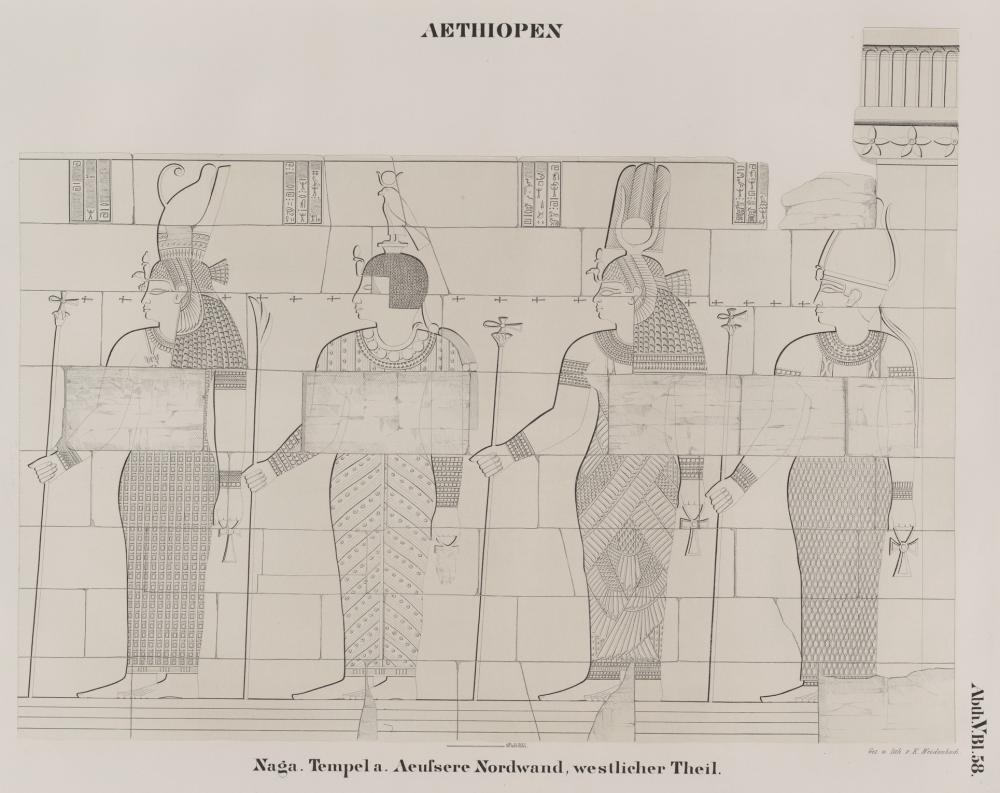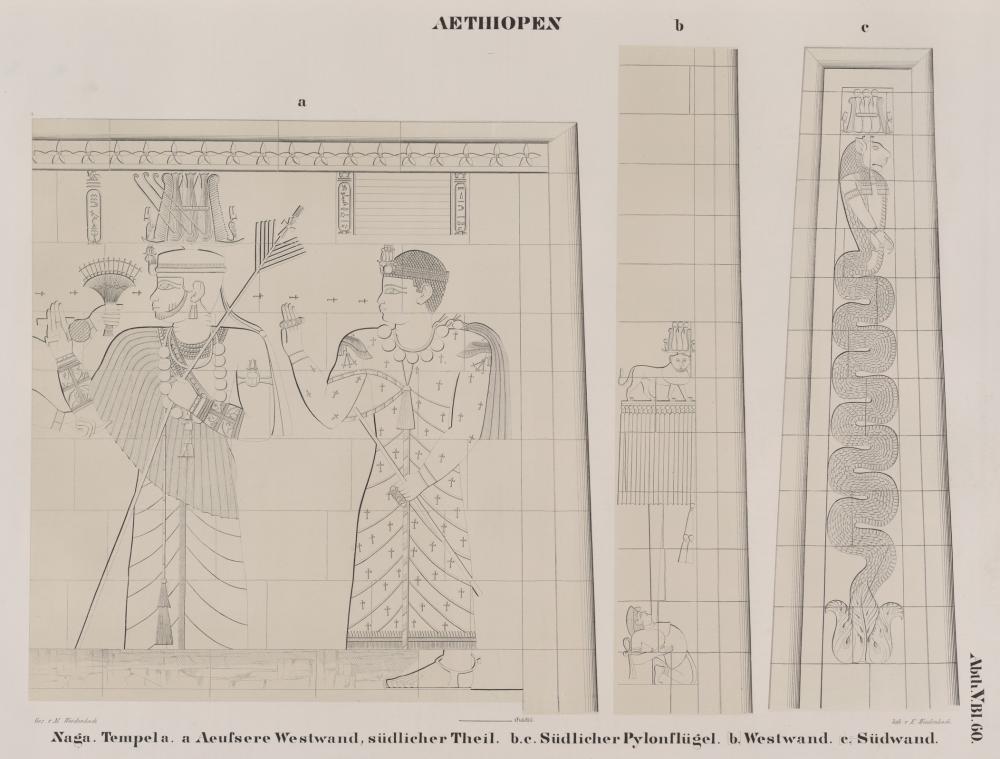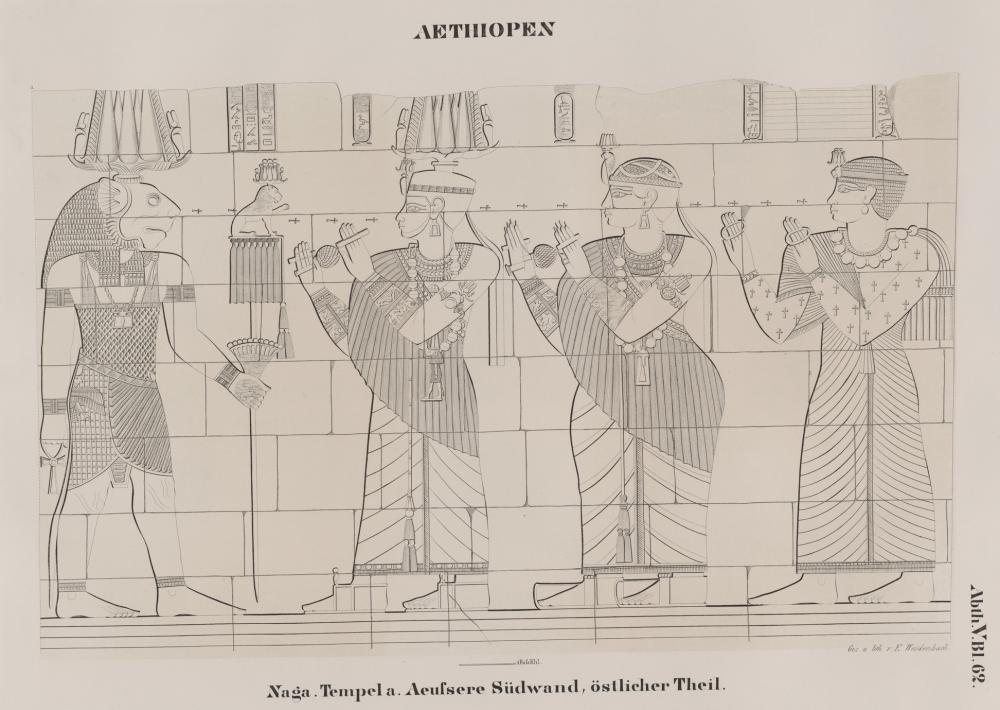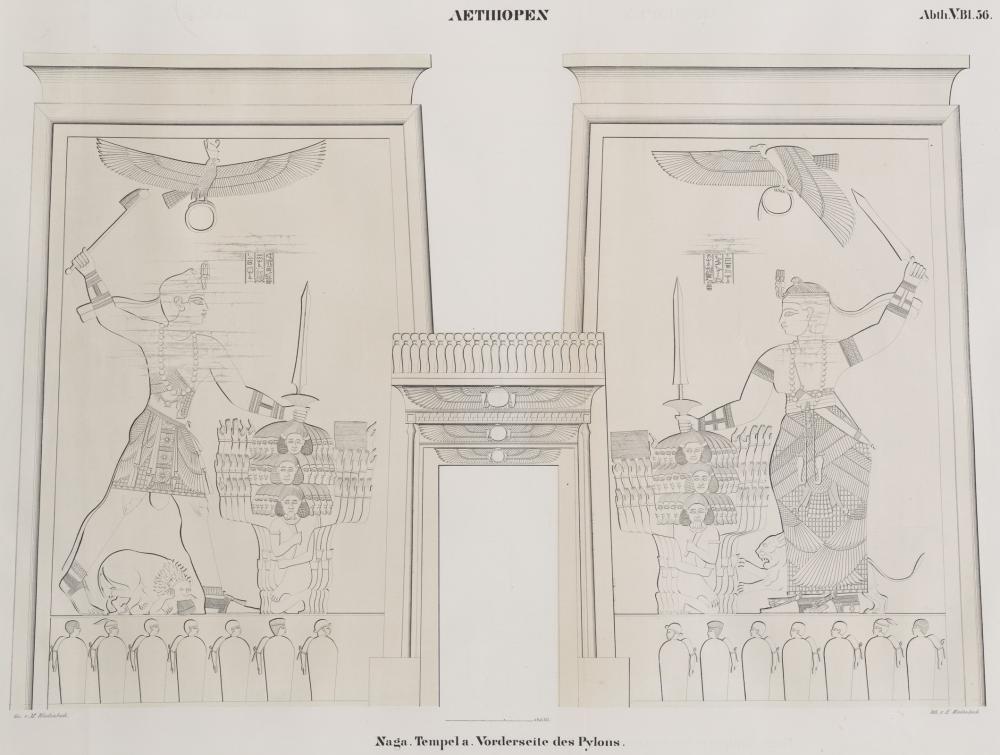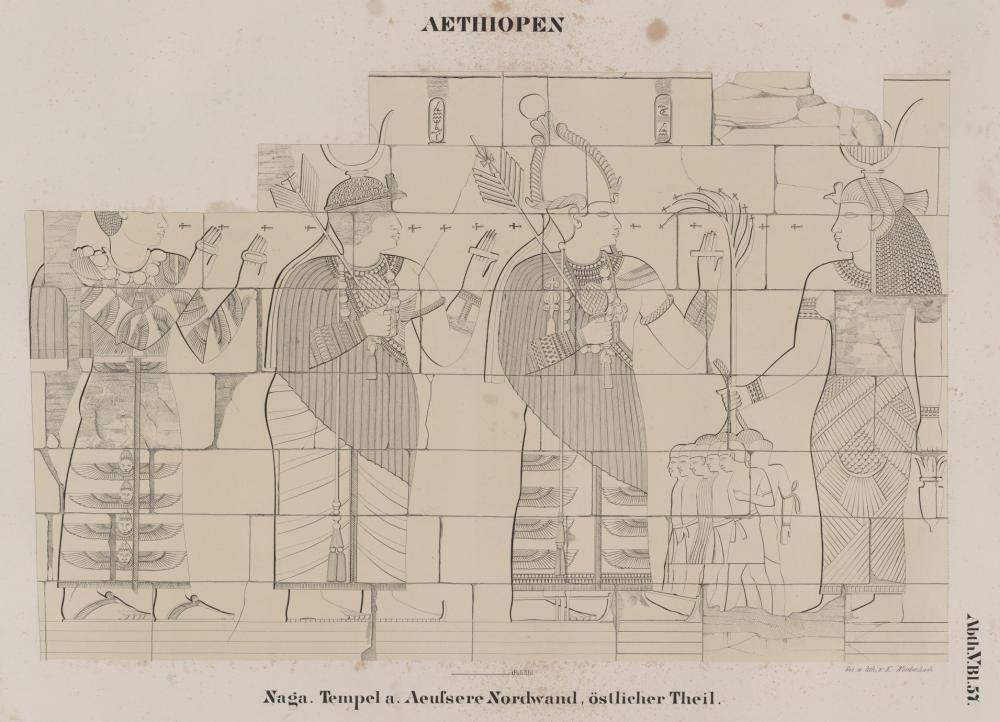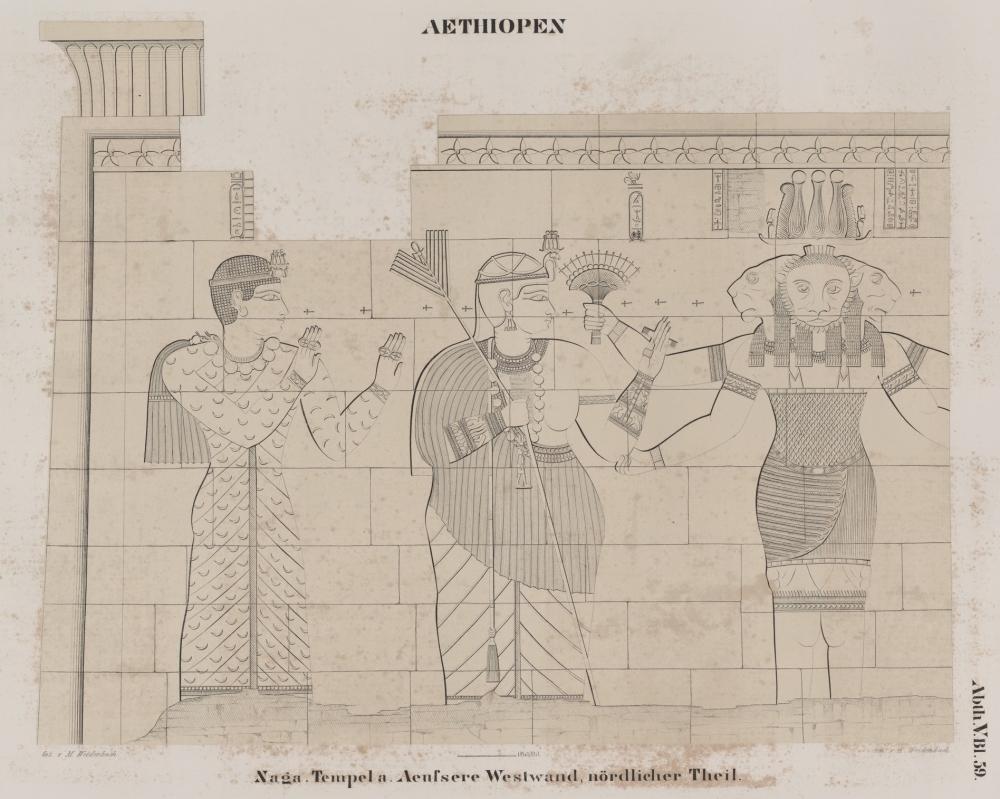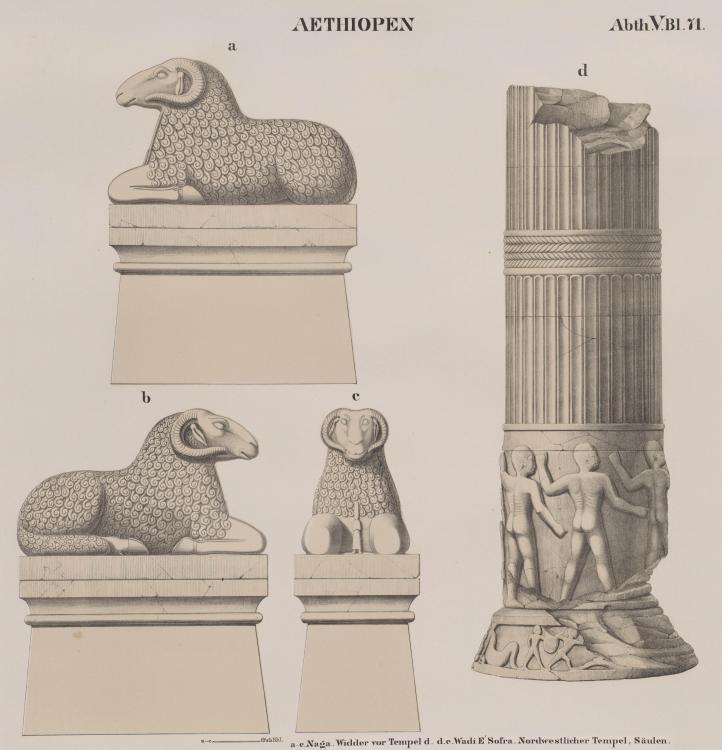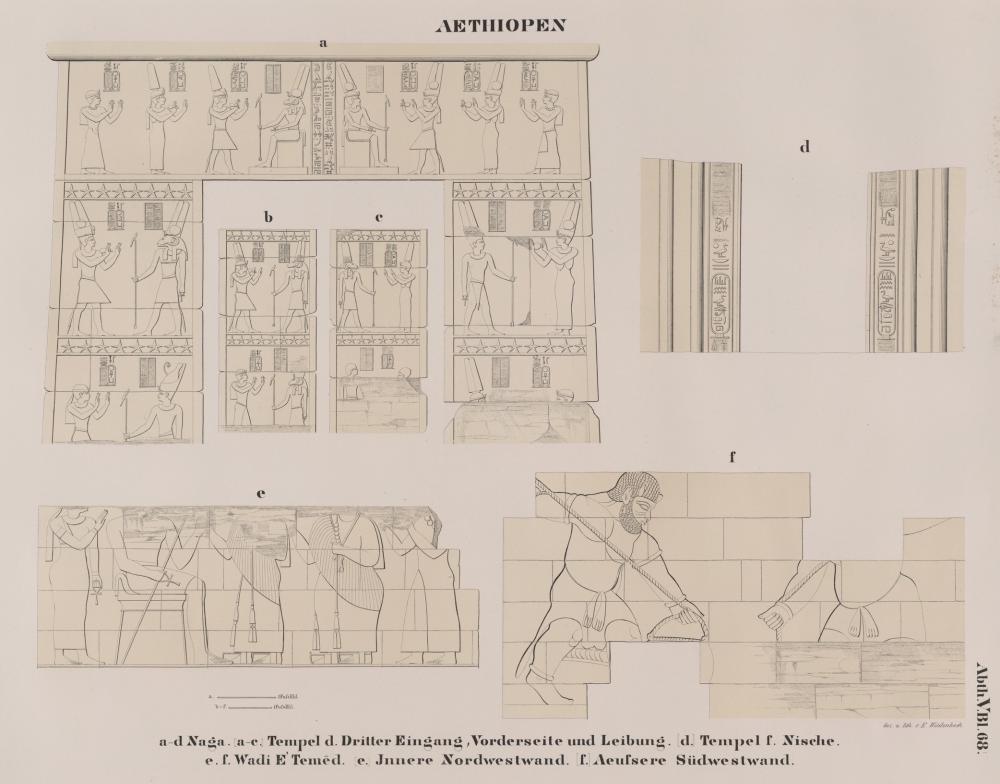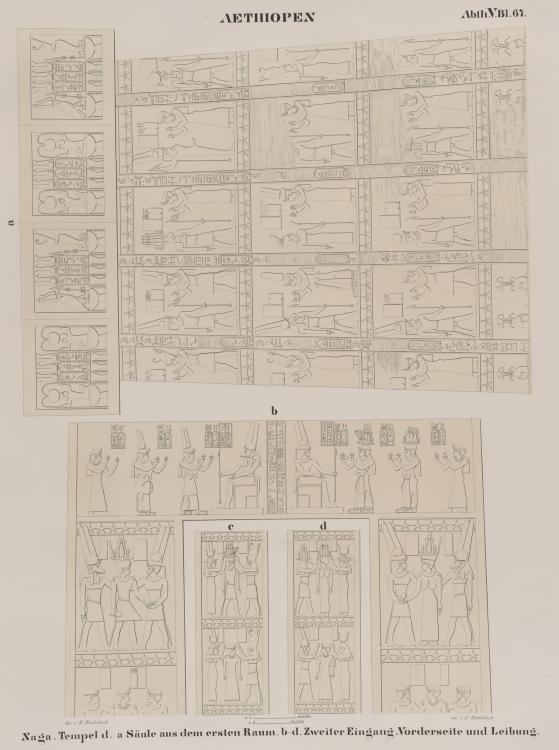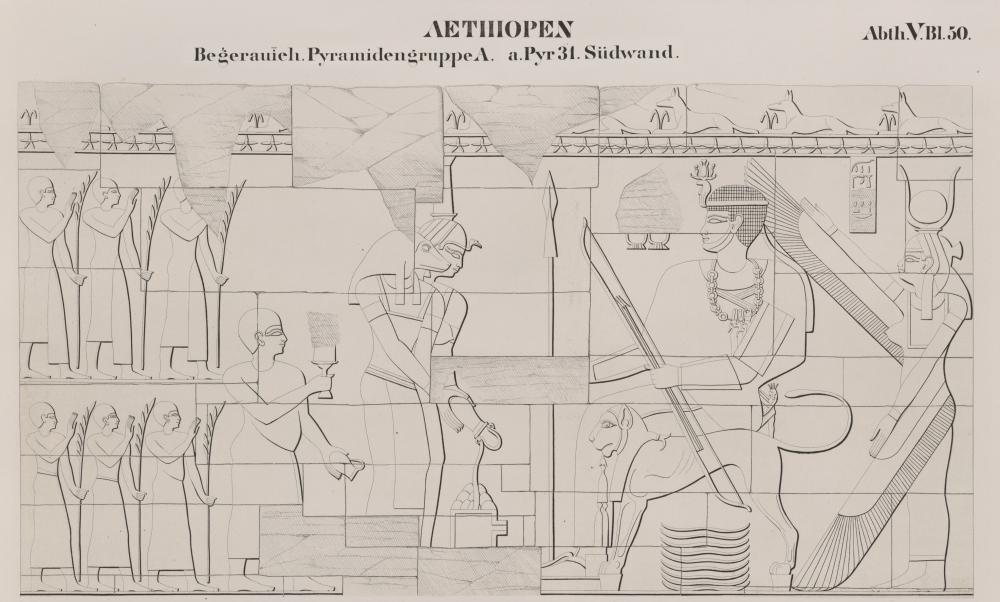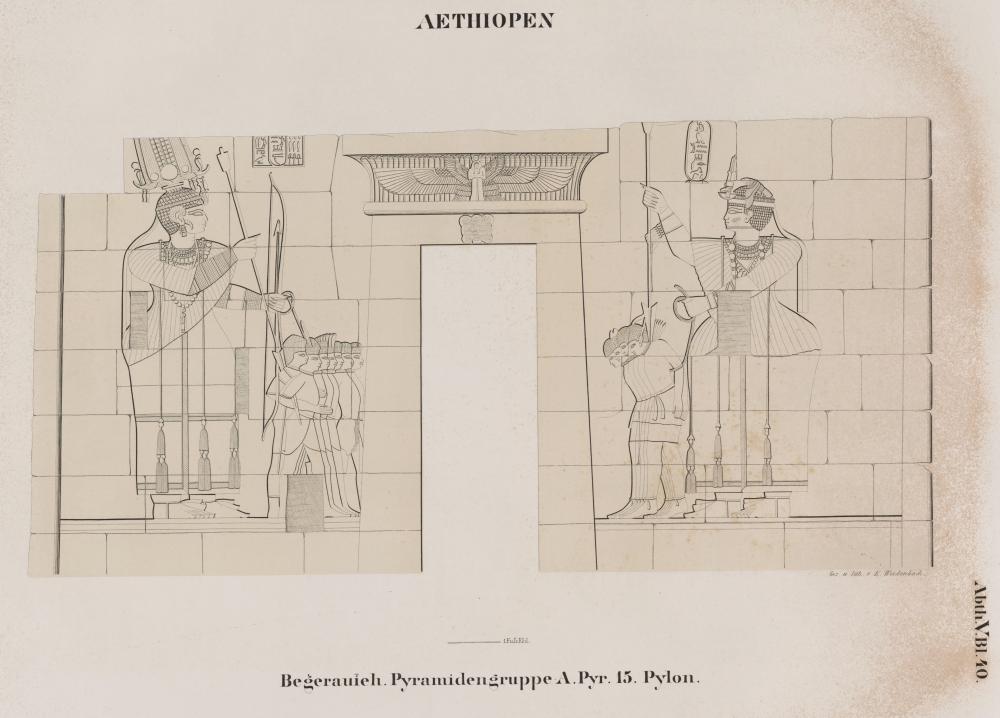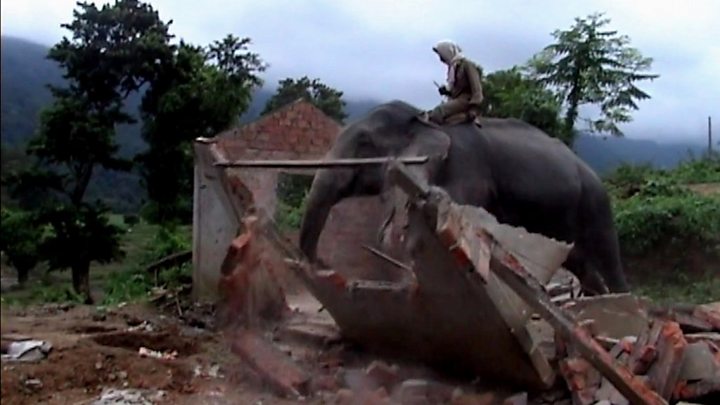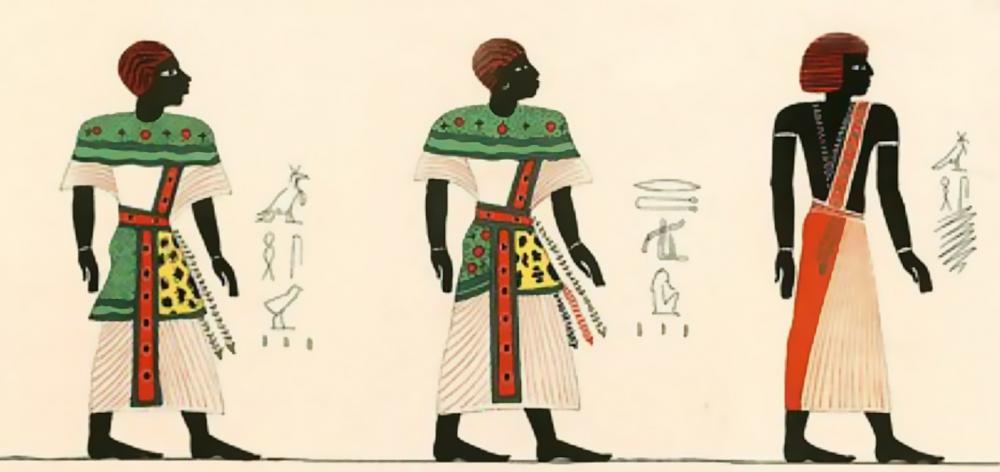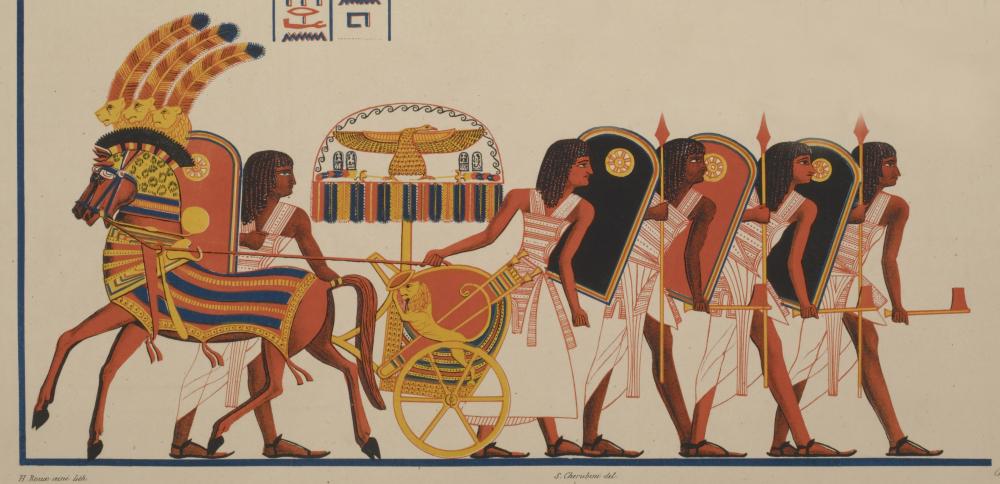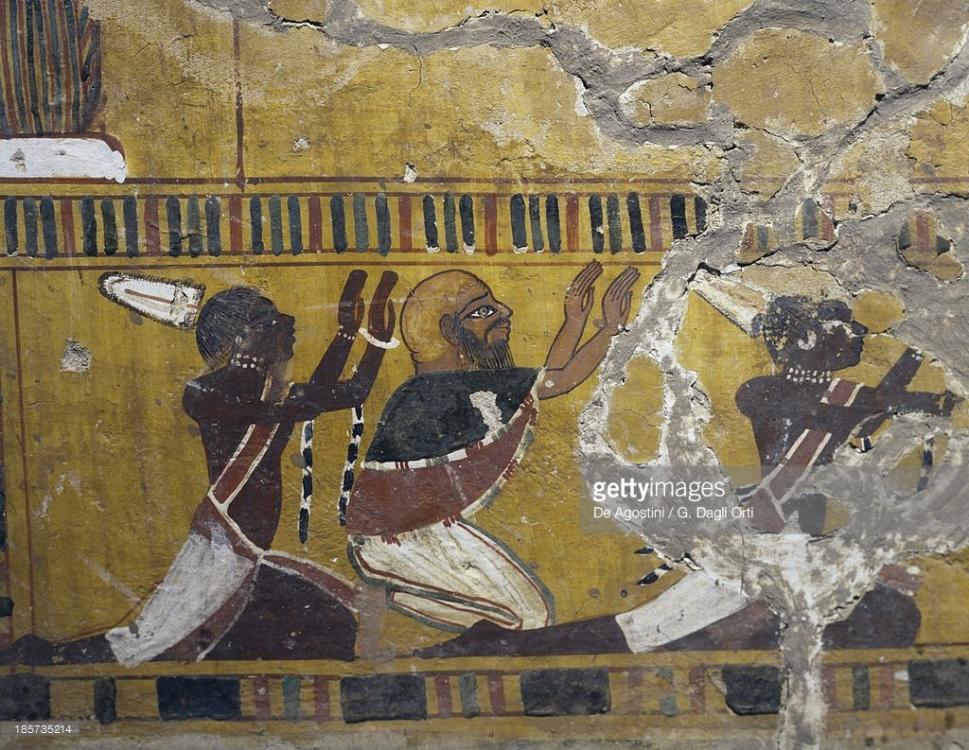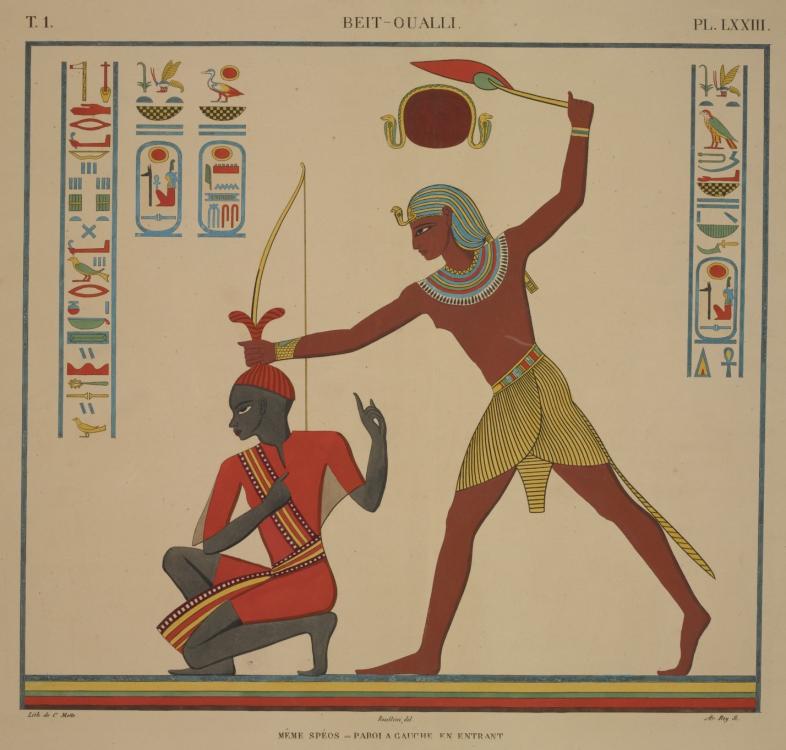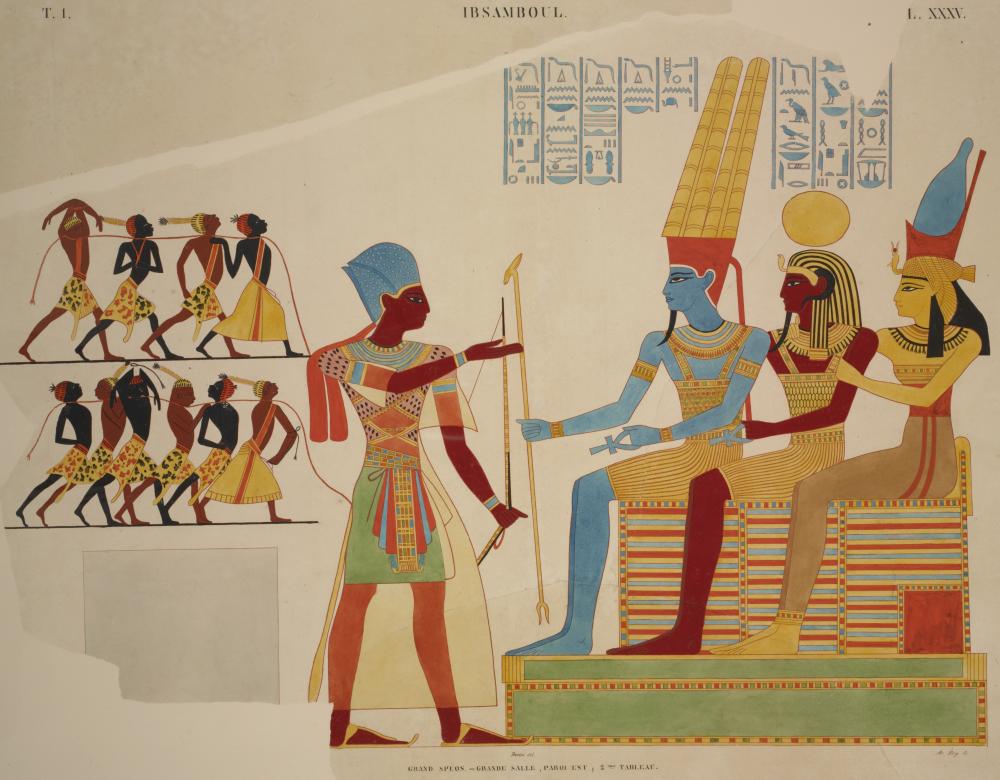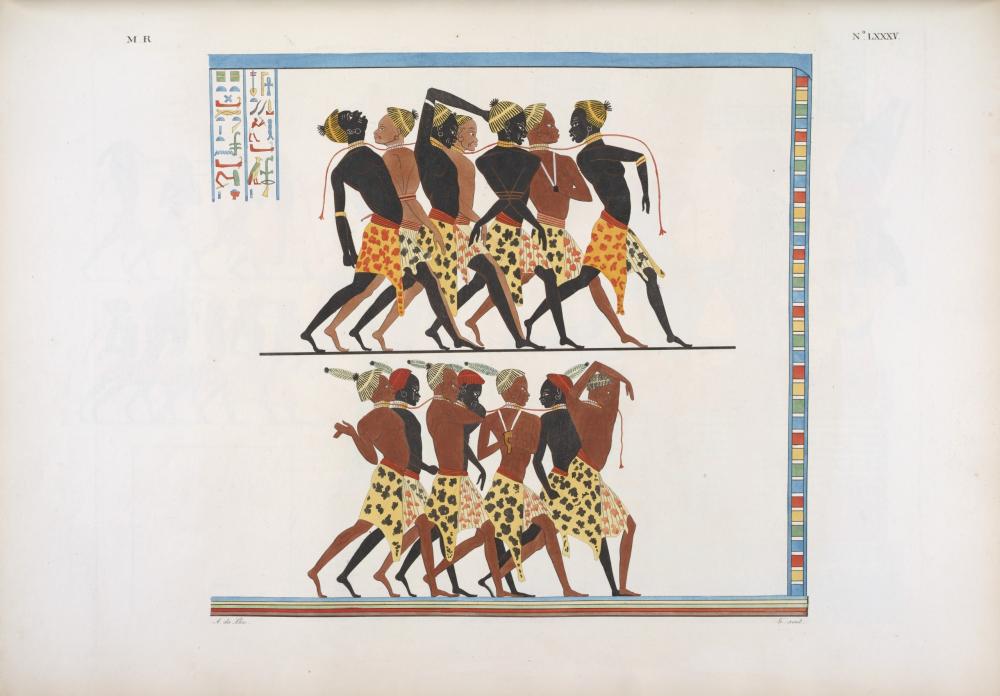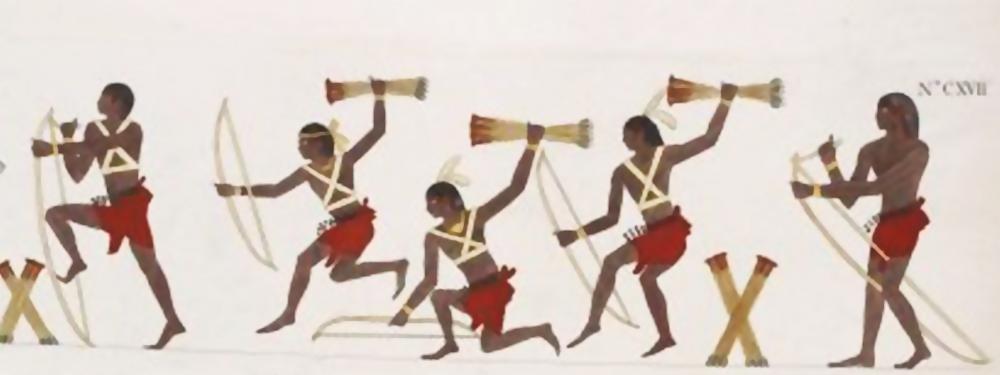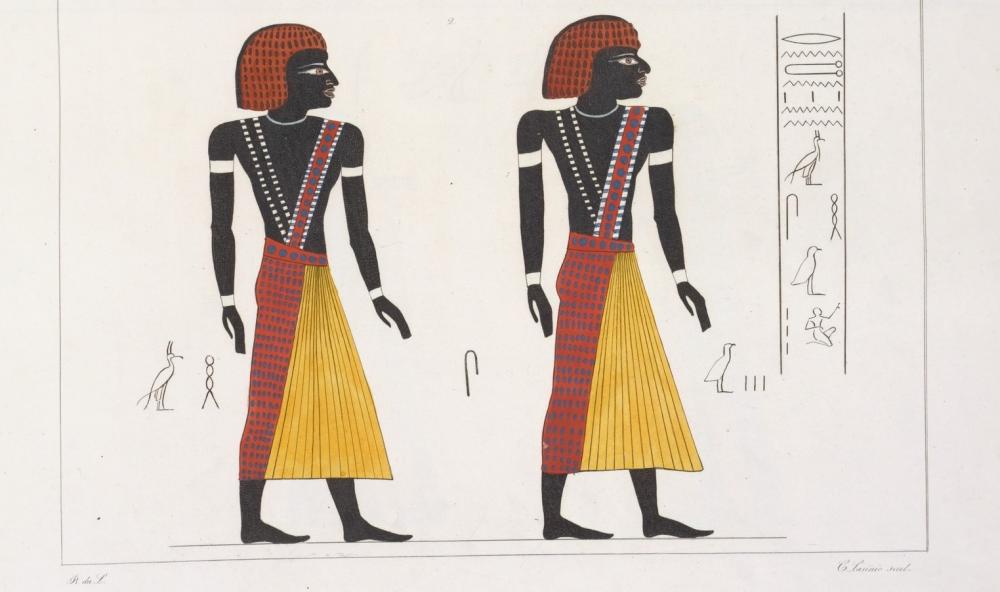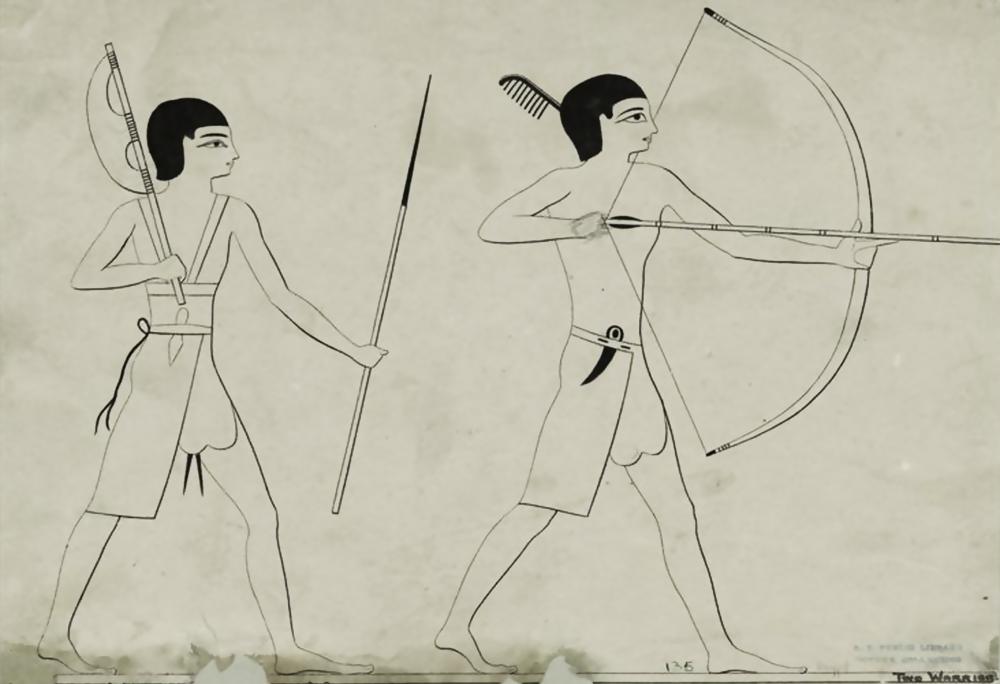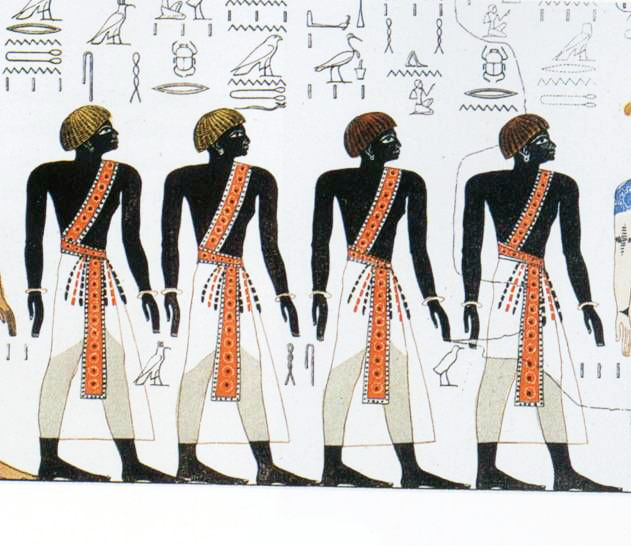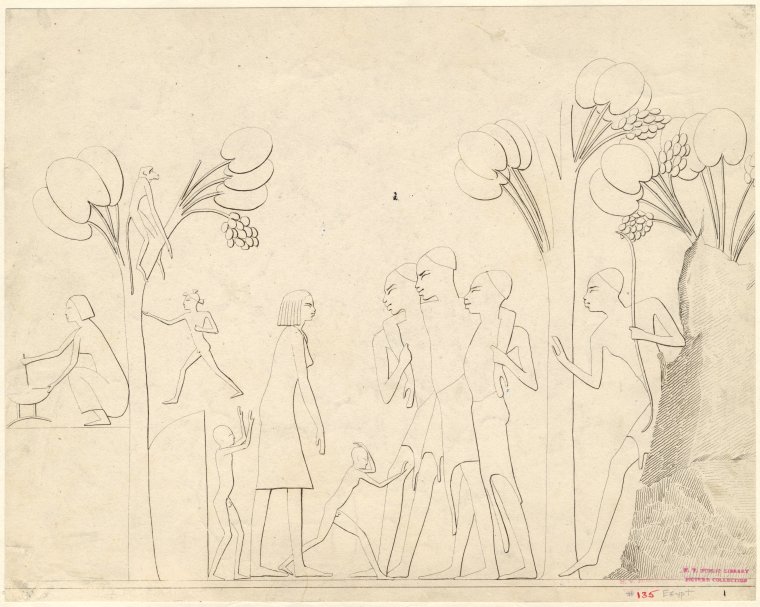-
Posts
2.332 -
Joined
-
Last visited
-
Days Won
60
Everything posted by Sundiata
-
Sure, and that's one of the reasons I'm excited about having Queen Amanirenas, one of the warrior queens of Kush, as a recruitable hero for the Kushites. Mauryans and Celts have female fighting units too. 0AD does a relatively decent job at representing some important women, although there can always be more. The problem is that women have historically been very oppressed/negated, and featuring large amounts of women in fighting roles just wouldn't be very historical. Or maybe you have some ideas regarding women in 0AD?
- 40 replies
-
- slavery neutral
- gaia
-
(and 1 more)
Tagged with:
-

Delenda Est: An overhaul mod for 0 A.D.
Sundiata replied to wowgetoffyourcellphone's topic in Delenda Est
I get that... The simple moody theme works quite well indeed... -

Delenda Est: An overhaul mod for 0 A.D.
Sundiata replied to wowgetoffyourcellphone's topic in Delenda Est
Dreaming even further, having backgrounds showing historical battles/conflicts featuring 2 civilisations fighting each other, with a small historical description of the scene in a text-box in the lower right corner or something would be amazing. You'd only need to make half as many Something like LordGood did for the Kushite/Roman war. -
@Lion.Kanzen So, as I said in a previous post on the subject, attaching specific characteristics to specific ethnicities is going to cause unwanted controversy. I'm with LordGood on this one. The slaves should have different ethnicities based on the biome/scenario, but should ideally be identical to each-other in terms of stats. This, for example can be criticised as baseless stereotypes. I haven't seen any empirical studies on the efficiency of different ethnicities in different slave-roles in classical antiquity. I think in the ancient world, they were all good hunters. The use of West- and Central-African slaves in the mines in the Americas, during the trans-atlantic slave-trade, also doesn't merit the specialisation of North/East African black slaves in mining in a mediterranean context. There's an almost 2000 year gap and several thousand kilometres between the two events. As LordGood hinted at, America (USA) is a racial powder keg at the moment. So is Western Europe (trust me, I know...). Anything that can possibly be misconstrued as racism causes unpleasant controversies, of which I think most people here would like to keep out of 0AD. PS: A sneaky way around this dilemma of yours is to add specific research techs to slave markets per biome instead of per ethnicity, perhaps (this is less explicitly racial).. For example, a slave market in a Sudanese biome could research a generic mining tech (not related to the type of slaves, but rather the chosen biome). In effect it's the same as what you want to achieve, but you just don't name it as such. A slave of any colour is just called a slave, but different biomes automatically recruit the associated ethnicity/ethnicities, and the markets can have different techs available for research depending on biome. Just don't differentiate the type/name of slaves by ethnicity, that's all. Just call them "slave" and determine their skin-colour automatically per biome without explicitly referring to their colour. So don't call them "Kushite slaves", and "kushite slave mining tech", just call them "slaves", and "mining tech", skin-colour(s) and available techs being set automatically per biome.
- 40 replies
-
- 3
-

-
- slavery neutral
- gaia
-
(and 1 more)
Tagged with:
-

Delenda Est: An overhaul mod for 0 A.D.
Sundiata replied to wowgetoffyourcellphone's topic in Delenda Est
0AD definitely needs more promotional art, backgrounds and top-tier screenshots for promotion. The screenshots on the 0AD home-page are more than 4 years old! They need to be replaced because they don't showcase the game nicely, but those are the first screenshots people see.... They're not even taken at highest graphic quality settings, and make the game look old and cheap, which it really isn't... LordGood has done an awesome job, on the new backgrounds for the home screen, but having one for each civ would be awesome! The loading screens also have incredibly old (kind of ugly) screenshots. All of them need to be replaced in my opinion. I recently played around in Atlas, to try to make a nice environment for screens: -

The Kingdom of Kush: A proper introduction [Illustrated]
Sundiata replied to Sundiata's topic in Official tasks
The Kingdom of Kush: Battle Scene, Horses and Chariots A few more relevant reliefs As you might have noticed, there is an absolutely spectacular lack of militaristic artwork from Kush, almost to the point of frustration. I have come to understand that this is due to the fact that the vast majority of surviving reliefs come from funerary and religious monuments, which don't often depict fighting scenes and warriors. This doesn't mean that such scenes don't exist. The existing ones are just very poorly documented. Other reliefs/murals/fresco's of fighting scenes and warriors might have been found in the more secular households and palaces of warriors and nobles, built of mud-brick and have since completely deteriorated, and many of the scenes in temples were on the upper parts of the temple walls, which have also since deteriorated. Luckily, there are exceptions, and I found some reliefs I've been looking for for months! I've read about them, and quoted some of those descriptions in previous posts, but was never able to actually locate them, until now. Some date to the 25th dynasty, some to the Napatan and others to the Meroitic period. These examples all come from Napata (specifically from the temple complex at Gebel Barkal) and Meroe. Important elements: Fragmented battle scene of 25th dynasty conquest of Egypt, showing Egyptian chariots and horseman Many Kushite horses Fragment of relief depicting Kushite chariots Fragment of relief depicting boats on the river (of the same shape as some graffito of boats at Musawwarat) Depictions of spear, bow, battle axe, axe/mace, sword and scabbard, Squarish oval shield as well as round shields carried on the shoulder- 1.040 replies
-
- 3
-

-

-
- civ profile
- history
- (and 5 more)
-

Idea for geographical maps: realistic player placement
Sundiata replied to serveurix's topic in General Discussion
I was also thinking that playing in realistic, civ-specific biomes/climate types would be a really cool game-option. Having different biomes in the same map, arranged north to south in the logical order of course, for a nice transition/overlap, would be pretty awesome: polar → temperate → Mediterranean → arid/desert/sub-tropical → tropical, and the civ you choose automatically places you in the correct "region" of the map. Being able to choose which biome/or biomes to play specifically in a random map would be a nice option too, along with options like, hilly or flat terrain, or both. Rivers or no rivers (navigable or not?). coastline with sea, or not. -

D896 disabled training cavalry at civil centres discussion
Sundiata replied to av93's topic in Gameplay Discussion
I think if an elephant has no problem flipping a minivan, it wouldn't have any problems flipping a wooden battering ram, and completely destroy it in the process. These are the strongest land animals around. As for gates, unless you put pikes on them, elephants can knock them down... -
Oh, ok. Don't know anything about meshes :/ Use this freshly sourced reference though, it took me a couple of months to find : That's Queen Amanitore, but she's the perfect reference for her predecessor, Queen Amanirenas, the ruling queen during the conflict with Rome and prime candidate for Hero status: Oh, and the sandals look great, but the triangle representing the tassel should be the other way around (broad side towards the toes). It's all in the details
- 529 replies
-
- 1
-

-
- delenda est
- terra magna
-
(and 3 more)
Tagged with:
-
Drool... They already look so badass! How good are they going to look when finished?? Can't wait The Kandake could have the patern of Horus' wings embracing her skirt, to finish it off, like in the reliefs. I'm really appreciating the details, by the way, like the bronze quiver, the ankh necklace, the pattern on the diagonal sash, the armbands and bracelets... Really nice stuff! Just noticed the sandals Really good!
- 529 replies
-
- 2
-

-

-
- delenda est
- terra magna
-
(and 3 more)
Tagged with:
-

The Kingdom of Kush: A proper introduction [Illustrated]
Sundiata replied to Sundiata's topic in Official tasks
Well, they did have that obscure Indian connection, so who knows... The Kings of Kush, partaking in Kush from the Hindu Kush. Hehehehe...- 1.040 replies
-
- 2
-

-
- civ profile
- history
- (and 5 more)
-

The Kingdom of Kush: A proper introduction [Illustrated]
Sundiata replied to Sundiata's topic in Official tasks
The Kingdom of Kush: The Lepsius Collection Kushite Reliefs of the Highest Quality "Karl Richard Lepsius (1810-1884) was a pioneering Prussian Egyptologist, linguist and a pioneer of modern archaeology. In 1842, Lepsius was commissioned by King Frederich Wilhelm IV of Prussia to lead an expedition to Egypt and the Sudan to explore the remains of the Ancient Egyptian civilisation. The Prussian expedition was modelled after the earlier Napoleonic mission, with surveyors, draftsmen and other specialists. The chief result of this expedition was the publication of Denkmäler aus Aegypten und Aethiopien (Monuments from Egypt and Ethiopia), a massive twelve volume compendia of nearly 900 plates of ancient Egyptian inscriptions, as well as accompanying commentary and descriptions. These plans, maps, and drawings of temple and tomb walls remained the chief source of information for Western scholars well into the 20th century, and are useful even today as they are often the sole record of monuments that have since been destroyed or reburied." -Wikipedia- I was able to acquire almost 70 high quality plates, from the book Denkmäler aus Aegypten und Aethiopien (Monuments from Egypt and Ethiopia), which depict a large amount of Kushite reliefs from the Napatan and Meroitic period. Some are from Gebel Barkal, the site of Napata, and some are from Naqa and Musawwarat es Sufra. The majority of them however, come from the royal necropolis at Meroe. They offer invaluable insights into Meroitic society, religion, funerary customs and the culture of royals and and their nobles. Many of these reliefs have now been lost, or are heavily deteriorated. Comparing today’s remaining reliefs with the plates in Lepsius’ work, shows us that we are dealing with the highest quality renditions of Meroitic and Napatan reliefs ever produced! The value of his work can not be overstated… The plates on these Kushite monuments from Sudan seem to be mostly unknown to modern academics: they’re from 1842-1845, are extremely poorly tagged in digital collections, use archaic nomenclature for place names and are often conflated with Egyptian work by amateur historians. As I have mentioned in previous posts, the cultural continuity in the Southern Nile Valley for over 2500 years of history is remarkable. These reliefs were produced between 300 years and 1300 years after the collapse of the New Kingdom! They illustrate the survival and adaptation of Pharaonic culture in Sudan for over a millennium, all the way through 0AD’s timeframe. As well as following Egyptian conventions, Kushites developed their own styles, symbology, pantheon, language and script, unique from the Egyptians. This makes the reliefs all the more interesting. I will sum up some of the most interesting/relevant and clearly identifiable elements: Horses, sometimes decorated, offered to the ruler Large herds of cattle paraded before kings and gods, sometimes sacrificed Often recurring, symbolic use of the bow, but other weapons include the spear, sword, mace and battle-axe A number of interesting staffs/standards are depicted, topped by different animal forms (representing army divisions?) Ruling queens were depicted just as dominant as their male counterparts Male princes (co-regents?) are subordinate to the ruling queens Depictions of dogs, loyally guarding bound prisoners Many depictions of lions, some of them on leashes, many of them devouring enemies/captives Depictions of elephants, some of them on a leash The first depiction of a camel in official state-art I’ve seen to date The Kings and Queens of Kush loved the burning of ritual incense. Kush, incense, anyone? Chuckles softly… Virtually all the rulers are seated on a lion shaped stool/throne A very large variety of clothing styles, but Kings and Queens are often depicted wearing a particular type of garment Libation is poured often, as it is still being done in many African cultures today Departure from strict Egyptian norms, re-imagination of Egyptian symbology Many depictions of (ritual) boats and funerary barges. Kush was clearly a heavily stratified society, with a large aristocracy/many nobles Necessary clarification of terms: Aethiopen: Refers to the area’s directly to the south of Egypt Begerauich: Begrawiya, the Royal Necropolis of Meroe Naga: Naqa, the Meroitic city Wadi E’ Sofra: The site of Musawwarat es Sufra, the Kushite cult-place Barkal: Jebel, or Gebel Barkal (the pure mountain) and the site of Napata, the old Kushite capital Let me reiterate, that these are all Kushite reliefs from the Napatan and Meroitic period. First hand references. Depictions of Kushites, by Kushites, for Kushites. Some of the strongest primary sources you could possibly work with. Take the opportunity to download them and zoom in on the details, these are HQ images. Maybe you'll notice something I didn't. I decided to post all of them, because of their rarity/general research purposes. The Lepsius Collection: Source: Denkmaeler aus Aegypten und Aethiopien nach den Zeichnungen der von seiner Majestat dem Koenige von Preussen Friedrich Wilhelm IV nach diesen Landern gesendeten und in den Jahren 1842-1845 ausgefuhrten wissenschaftlichen Expedition: https://digitalcollections.nypl.org/collections/denkmaeler-aus-aegypten-und-aethiopien-nach-den-zeichnungen-der-von-seiner#/?tab=about More specifically: Aethiopen: https://digitalcollections.nypl.org/search/index?utf8=✓&keywords=lepsius+aethiopen- 1.040 replies
-
- 3
-

-

-
- civ profile
- history
- (and 5 more)
-

D896 disabled training cavalry at civil centres discussion
Sundiata replied to av93's topic in Gameplay Discussion
@Nescio, you're right about not being able to take down serious walls like that, that's why I said simple. But gates are another story... -

D896 disabled training cavalry at civil centres discussion
Sundiata replied to av93's topic in Gameplay Discussion
Well, they weren't living siege weapons indeed, but they can most definitely take down simple walls, structures, gates, etc. Still happens today, when wild elephants across India and Africa attack villages, or when they are purposefully used for demolition. @Hannibal_Barca lol, you're right, I stand corrected -

D896 disabled training cavalry at civil centres discussion
Sundiata replied to av93's topic in Gameplay Discussion
The Romans put Gaul on fire, dismantled Carthage block by block, burned the fields between the Tigris and Euphrates... Major powers often completely wiped out their enemies' ability to sustain themselves, usually by fire and other means of destruction. Territories could only be "peacefully" captured after enemy forces had vacated the place/surrendered, and even then, soldiers would often pillage, loot and destroy just for the fun of it... Which happens very quickly. I find I have to concentrate on not letting soldiers wonder too far from the battlefield because they're chasing women... It's annoying to me, not fun, when soldiers wonder, and get themselves killed, especially in an enemy's fortified area. Why do people think it's ok for a soldier to chase a unit all the way across the map, even in to another enemy's territory, especially when you're still fighting (concentrating on) the original battle. Am I the only one that thinks soldiers should NEVER enter enemy territory unless explicitly told to do so? Perhaps even return to the original position you told them to go to? OMG, the most annoying thing of all... Siege destroying your city walls, and soldiers just standing there trying to "capture" it, and failing miserably, while your walls/fortresses go down. This isn't even a matter of opinion. It's a broken feature that leads to frustration. Modifying the game isn't easy at all, for the vast majority of players that never mod anything at all... The vanilla should be as flawless as possible. Capture is systematically brought up as confusing for new players, and annoying even for experienced players. All that needs to happen is change capture with attack as the default. Why is there such resistance against this logical proposal, that has been proposed so many times before I can't even count?? -

D896 disabled training cavalry at civil centres discussion
Sundiata replied to av93's topic in Gameplay Discussion
I also don't agree with that line of thinking lol.... I believe scorched earth policy were the predominant way of driving out an enemy, especially if that enemy was of a different culture. Capturing is nice, but should never have been made the default! It should be used tactically, to try and take over sensitively placed fortifications. Can we all agree that units trying to capture random enemy housing in the heat of battle is one of the most annoying things in the game. At least if they try to destroy it, there is some damage, even if they fail. If they fail at capturing, nothing happens to the enemy at all... A complete waste of effort... -

D896 disabled training cavalry at civil centres discussion
Sundiata replied to av93's topic in Gameplay Discussion
Hmmm, I came across a topic like that a long while ago. I can't say I agree with the reasoning... How many times in history did a swordsmen hack a stone or solid wooden building in to the ground? The answer is never... Swords and spears can't destroy a sturdy structure. How many times have sturdy buildings been destroyed by fire? All the time! Still happens all the time in conflicts around the world today... Fire is the only reliable way to destroy buildings without siege-equipment. Hitting a solid structure with a sharpened stick is a bit silly. Even "stone" buildings like castles are predominantly destroyed by fire, because of the vast amounts of wood that are used in the construction of stone structures (stairways, roofs, supporting beams, scaffolds, stores of wood and other flammable materials like fabrics, barrels, wooden chests, furnitures, oil... Even stone itself tends to crack under extreme heat. -

The Kingdom of Kush: A proper introduction [Illustrated]
Sundiata replied to Sundiata's topic in Official tasks
Lol, that's something Hollywood actually got right. It would have been used only by the wealthy, but sheer fabrics were definitely produced by both Egyptians and Kushites. They were made from an extremely finely woven linen. Also noteworthy, is that silk was being imported in to Egypt, possibly as early as a 1000BCE, through Persian traders and their predecessors. Kushites also traded heavily with Persians, through Egypt, but I suspect through the Red Sea trade as well.- 1.040 replies
-
- 1
-

-
- civ profile
- history
- (and 5 more)
-

The Kingdom of Kush: A proper introduction [Illustrated]
Sundiata replied to Sundiata's topic in Official tasks
The Kingdom of Kush: New Kingdom Egyptian depictions of Kushites As I said before, I have a collection of large reference posts to make. I'm desperately trying to round off my research, but every time I try to get out, it pulls me back in I'm just fact checking and arranging everything according to subject. It's a lot, so brace yourself! I will begin this new series of reference posts with a modest collection of New Kingdom Egyptian depictions of Kushites. These predate 0AD's timeframe by more than 500 years, but, you might have noticed a staggering level of cultural continuity in the Southern Nile Valley, one that is visible when comparing Meroitic reliefs to Napatan and even earlier New Kingdom examples. This continuity will be clarified more elaborately in future posts. It makes these references useful, especially in regard to the color palette and designs used in various Kushite attires.- 1.040 replies
-
- 1
-

-
- civ profile
- history
- (and 5 more)
-

D896 disabled training cavalry at civil centres discussion
Sundiata replied to av93's topic in Gameplay Discussion
@Lion.KanzenI only wanted to say that Xiognu and Scythians are horsemen from the beginning. Other civ's need to build infrastructure to maintain a (quality) cavalry force, because they're not nomads. That explains that... @LordGood admit it, you secretly kind of feel like doing it, don't you I know it's a lot of work, and I don't expect it to be done, or anything. It's just something that always bothered me about 0AD. Plus I'm a sucker for ancient architecture. I always want to see more buildings and more diversity and realism. As far as siege, I'm fine with having them in the fortress. Seems logical enough to me. I think archers and melee-infantry can easily train from the same facilities, so no problems there. Riding an animal weighing up to one ton into battle just requires a little more effort than clicking a button on a readily provided CC. -

D896 disabled training cavalry at civil centres discussion
Sundiata replied to av93's topic in Gameplay Discussion
Yes. They could definitely have stables or a horse dedicated building/yurt/coral or whatever, my point was just that they don't necessarily need it to train horses, because they were basically born on horse-back. They're the only factions that start out with cavalry. -

D896 disabled training cavalry at civil centres discussion
Sundiata replied to av93's topic in Gameplay Discussion
All the more reason for the rest of the factions to have it as well. I never understood why only they get stables. Sure they loved horses, but even the Persians were infantry heavy, training cavalry separately, like everyone else did. The only type of factions that don't need a dedicated stable are factions like the nomadic Xiognu, or Scythians. Of the factions already in-game though, Iberians are the only ones of which it can be argued that they don't need stables to train cavalry, because they're the only really cav-heavy civ, but that's another discussion I think. -

D896 disabled training cavalry at civil centres discussion
Sundiata replied to av93's topic in Gameplay Discussion
Also, soldiers destroying buildings by fire should be a thing. I'd love to see a bunch of swordsmen hurling torches at houses, which start smoking and eventually catch fire, then collapse in a cloud of dust and smoke -

D896 disabled training cavalry at civil centres discussion
Sundiata replied to av93's topic in Gameplay Discussion
Sorry once again for spamming the idea, but 0AD needs dedicated stables for training cavalry! This is the only realistic and logical solution. People training a mass of cavalry-men in the first 5-10min is ridiculous. A weak scout cav for scouting/hunting/herding is the only cav unit that should be recruitable from the CC, at best... Large cavalry engagements should be the cherry on the icing of the cake, after building up a strong infantry, and not be spammed like some cheap infantry skirmishers. Most/all of the civs are infantry heavy anyway! Are there no horsemen on this forum to weigh in? I grew up riding horses and therefore understand the requirements of maintaining even just a few horses. They're high-maintenance! Breeding horses, training horses, training riders, and equipping horse and rider are tremendous investments, very difficult to accomplish without dedicated infrastructure. Stables are a great idea for a new structure for each civ, which is nice to brag about in future alpha releases. It's new content that will attract new players. Stables are a staple of every serious historic RTS. Stables...

